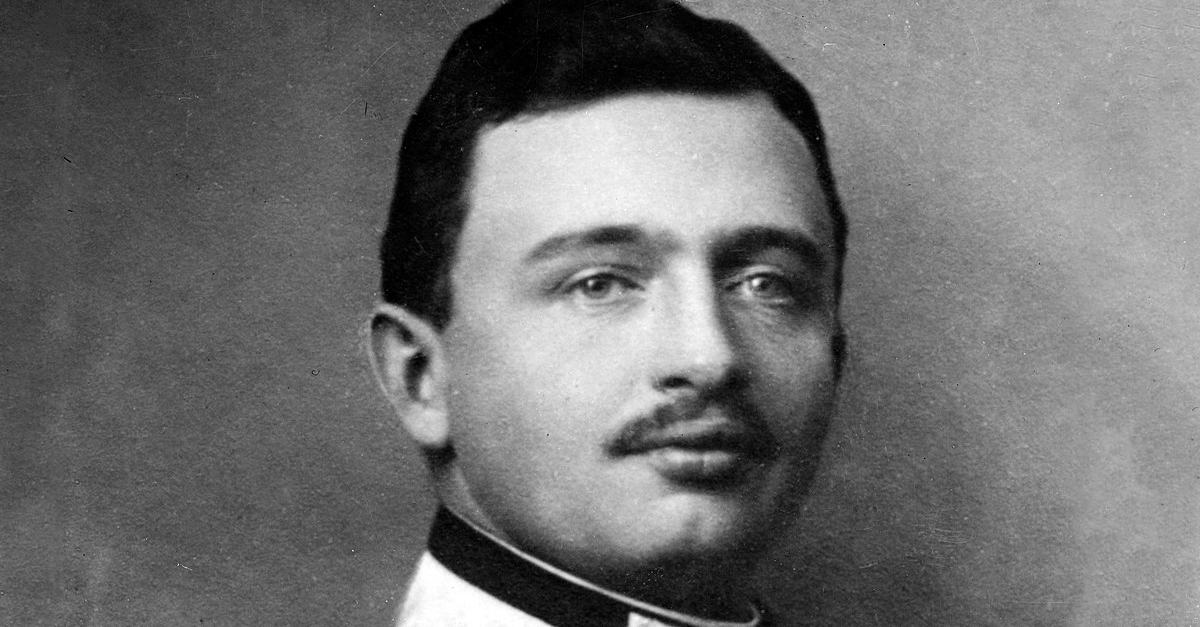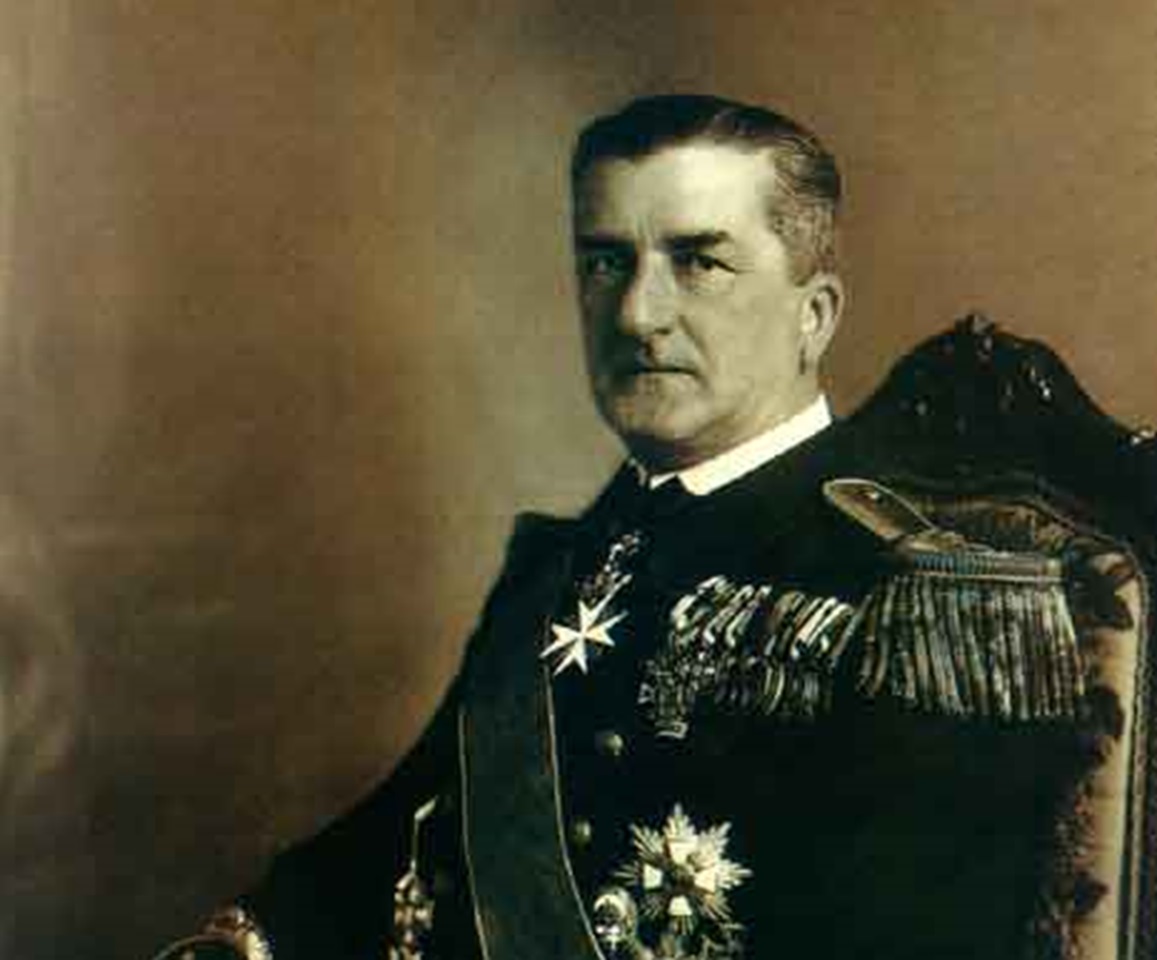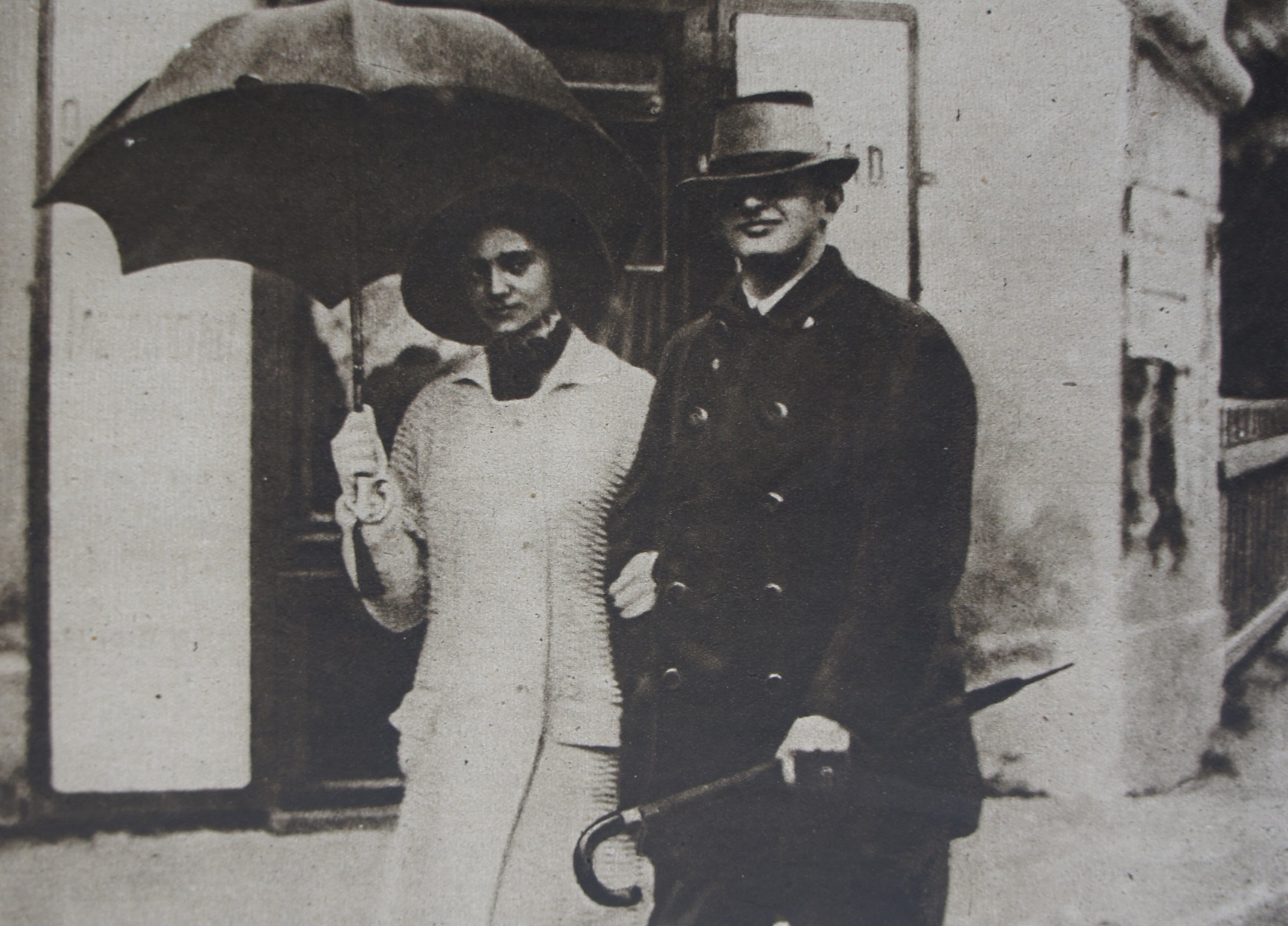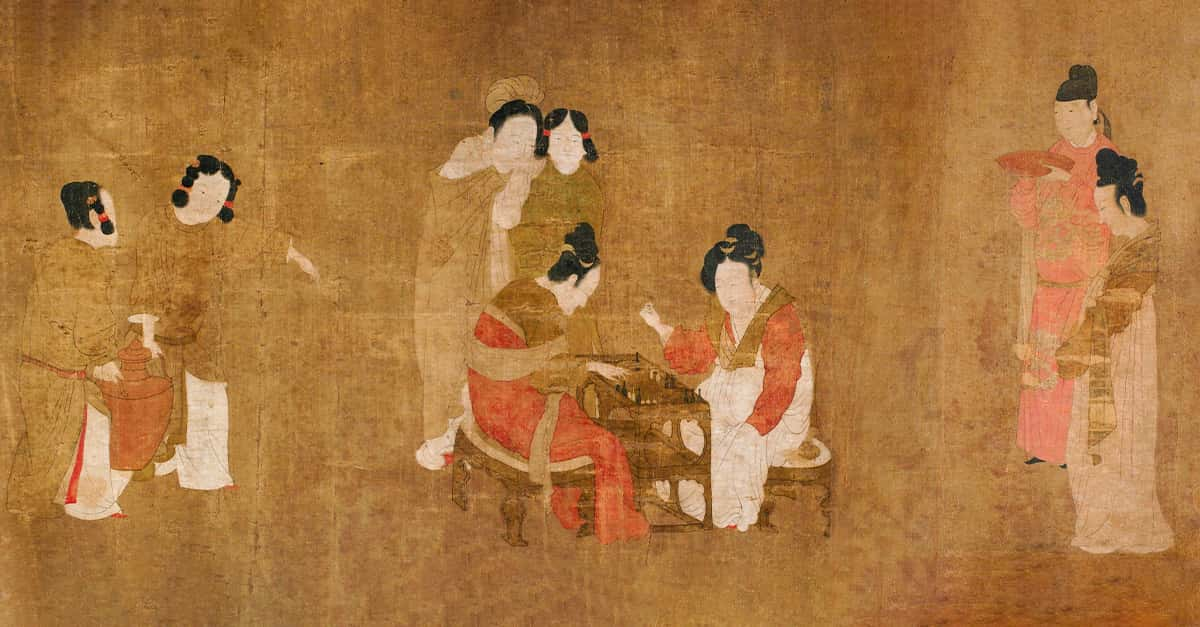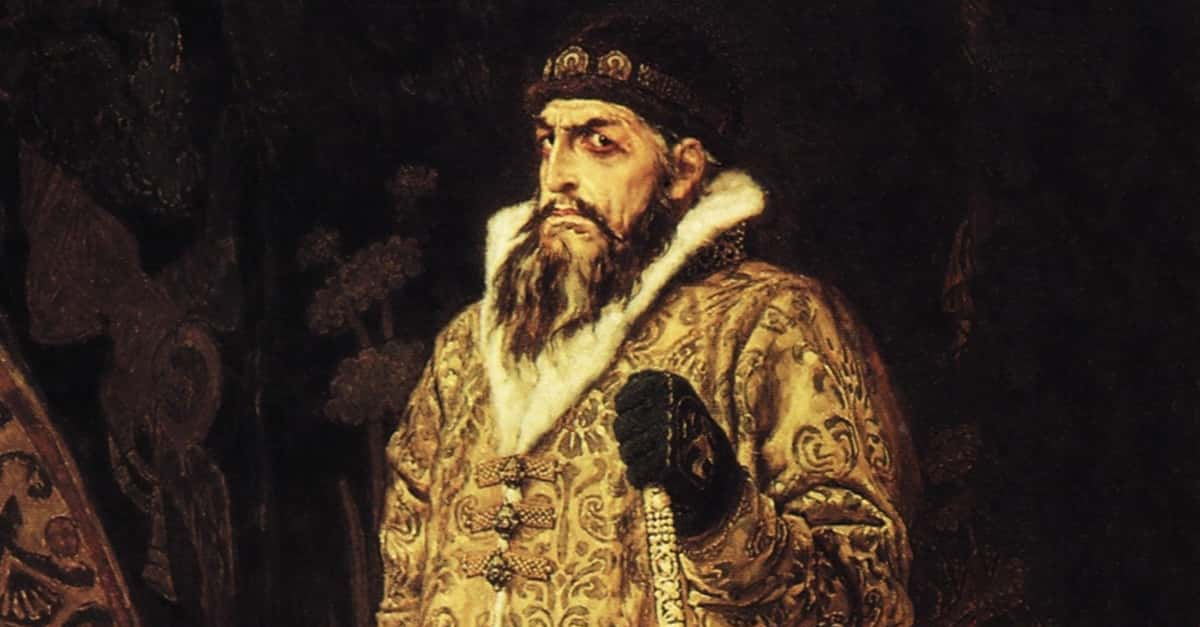Charles I was the last Emperor of Austria, and watching his dramatic decline is like watching a car crash in slow motion. It's so brutal, but you can't look away...
1. He Had One Love
The final Habsburg to rule over Austria, Charles I's fall from grace was slow, painful, and inevitable. The tragic story of his steady decline includes backstabbing politicians, an epidemic, and even a train escape. Thankfully, his story also has romance.
Charles had only one love, and his last words to her should go down in romance history.
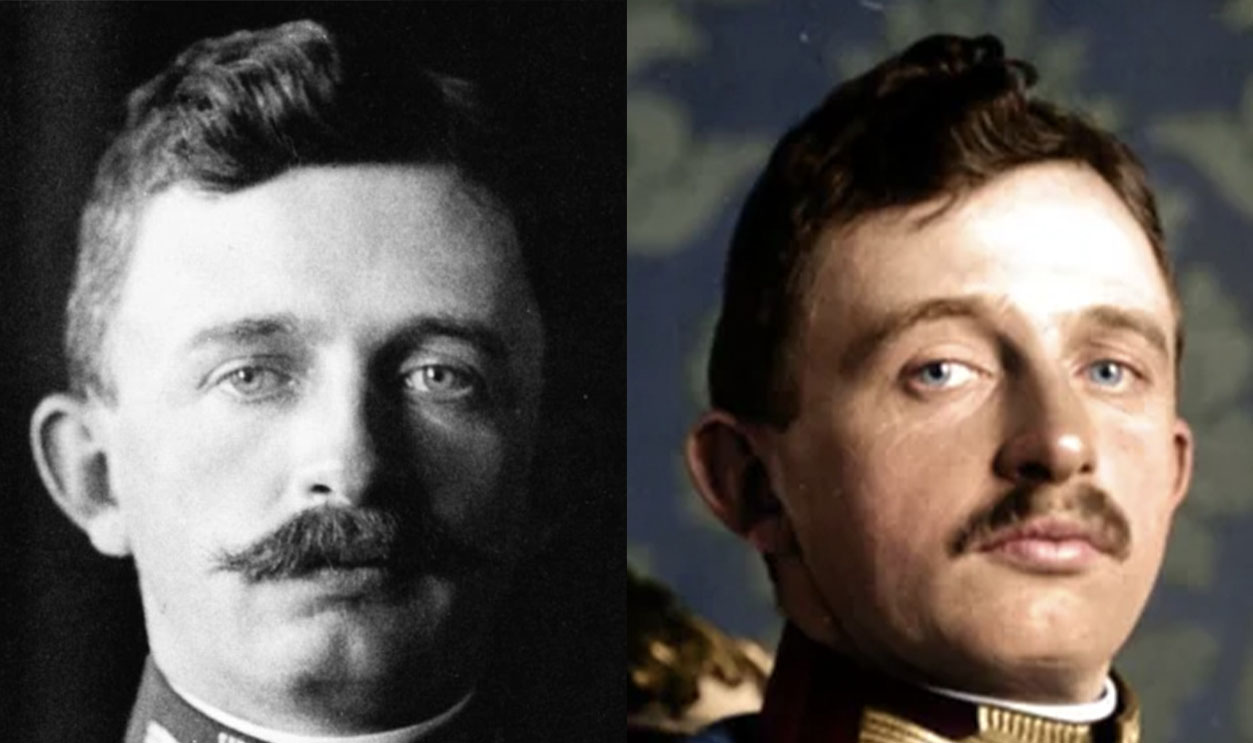
2. It Was Like A Fairy Tale
On August 17, 1887, Charles I—originally named Karl—was born near the Danube river in the Castle of Persenbeug, Austria. His father was Archduke Otto Franz and his mother was Princess Maria Josepha. The reason baby Charles' birthplace was a castle was that his grand-uncle—Franz Joseph—was the Emperor Of Austria.
Little Charles had blue blood, but he was not directly in line to be an Emperor. Then one dark day changed his fate forever.
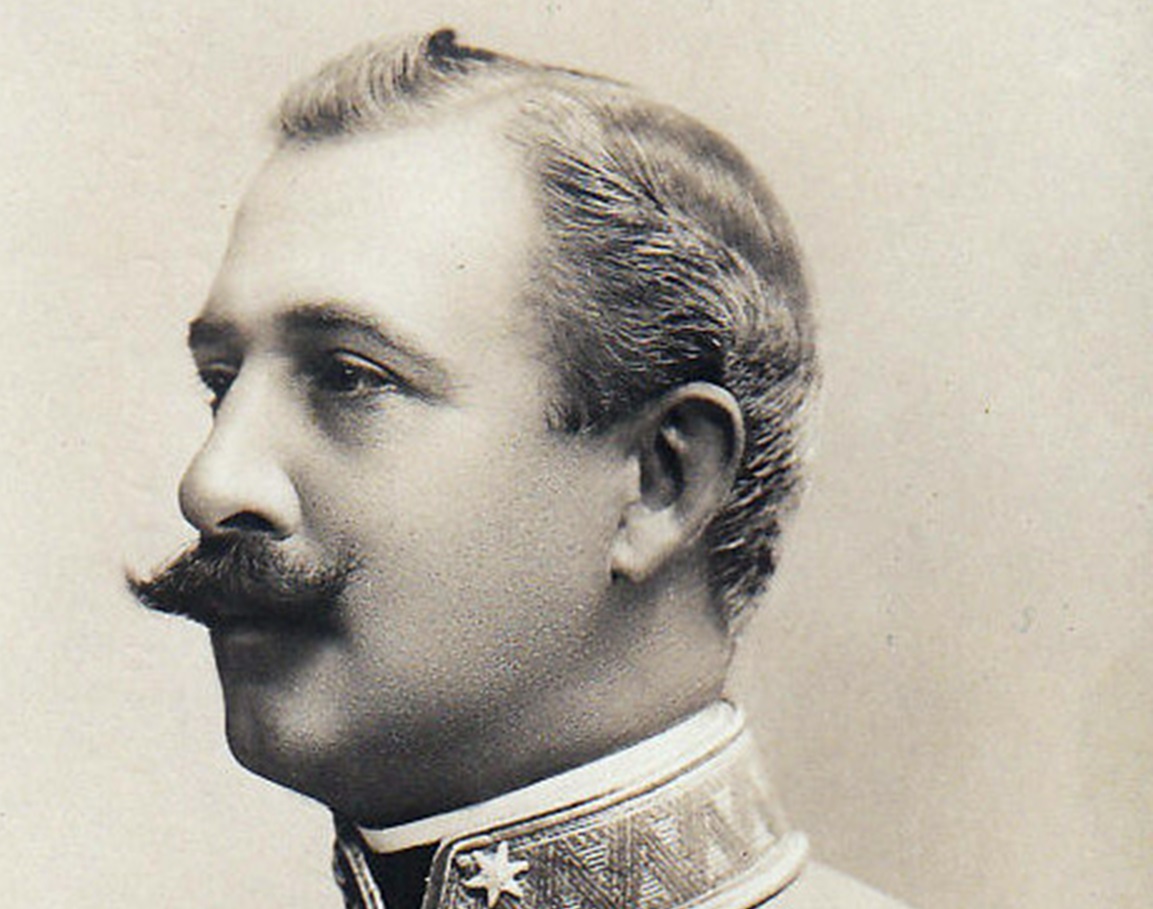 Atelier Elvira, Wikimedia Commons
Atelier Elvira, Wikimedia Commons
3. There Was A Shooter
The reason Charles never really had much of a chance to be emperor was because of his uncle, the Emperor's son Archduke Franz Ferdinand. But on June 28, 1914 a teenager named Gavrilo Princip put an end to Franz’s chance to be emperor. In Sarajevo, Princip assassinated both the Archduke and his wife in their car.
The attack threw Europe into chaos—and an unprepared Charles into the role of heir to the Austrian Empire.
 Walter Tausch, CC BY-SA 3.0, Wikimedia Commons
Walter Tausch, CC BY-SA 3.0, Wikimedia Commons
4. He Wanted A Royal
Charles wasn't meant to become emperor, but he was already prepared for it in one way: He'd already married a princess, Zita of Bourbon-Parma. With his royal bride, his children would be eligible to succeed him as Emperor of Austria.
The weird thing was that the princess Charles chose had more than a few skeletons in her family’s closet.
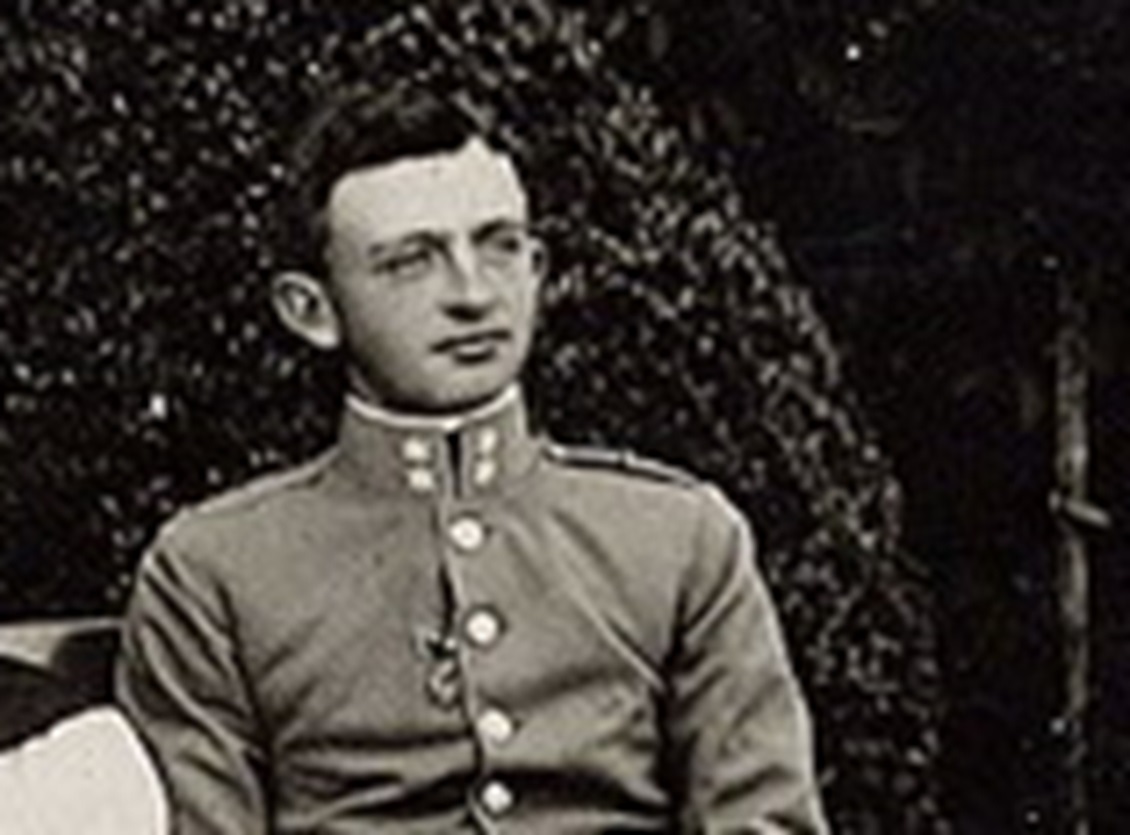 Carl Pietzner, Wikimedia Commons
Carl Pietzner, Wikimedia Commons
5. He Didn’t Find The Perfect Princess
If Charles was looking for a royal princess for a wife, Zita was perhaps not the best choice. Her country had deposed her father, so she was actually a princess without a kingdom. Not only that, Zita came from a family that suffered from “severe intellectual disabilities”. Charles didn’t seem bothered by Zita’s shady past, and he brought her on board as his wife.
The poor woman had no idea what she was getting herself into.
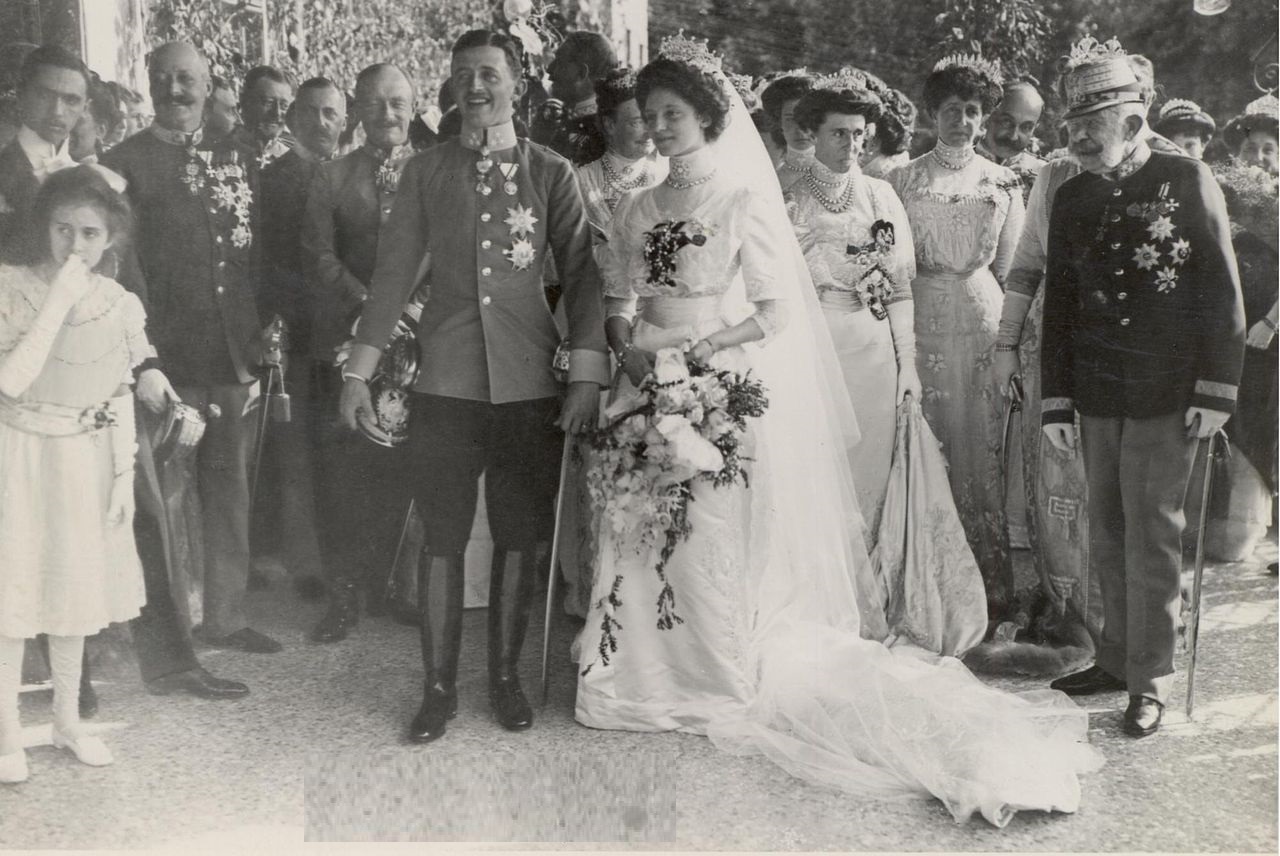 Unknown Author, Wikimedia Commons
Unknown Author, Wikimedia Commons
6. He Joined The Fight
The shooting of Franz Ferdinand was the catalyst that started WWI—and Charles's Austrian Empire was right at the center. His education had to come to an abrupt halt, and he moved to military headquarters on the border of Poland. However, he still didn't have much in the way of real responsibilities.
Then a strange twist of fate altered the course of history forever.
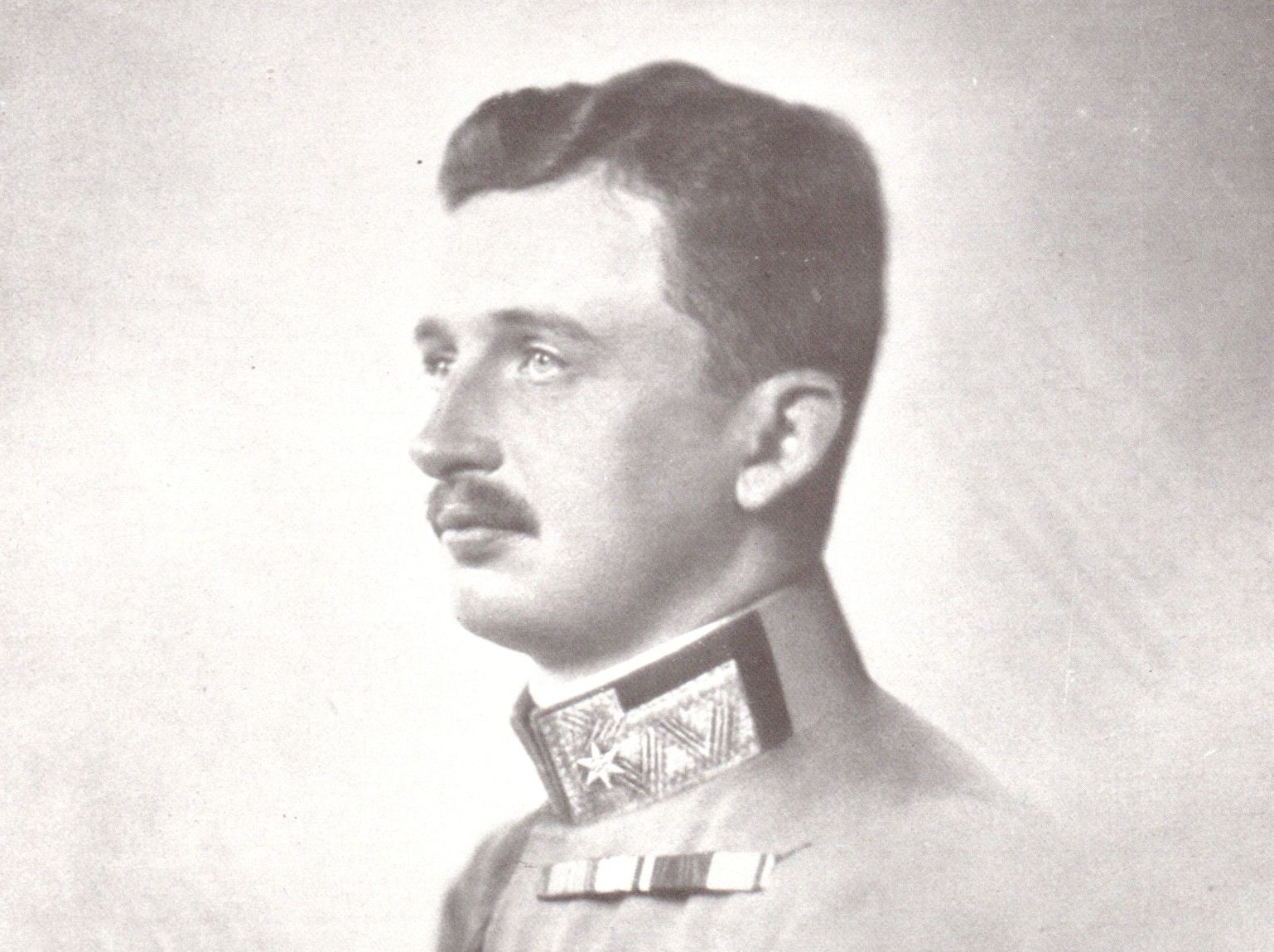 Ernst Förster, Wikimedia Commons
Ernst Förster, Wikimedia Commons
7. He Took A Walk
In 1916, Charles’ grand-uncle, Emperor Franz Joseph, went for a walk with King Ludwig of Bavaria, and he caught a cold. The Emperor was no spring chicken, and his cold quickly turned into bronchitis and pneumonia. Charles' time was coming, and he was not ready.
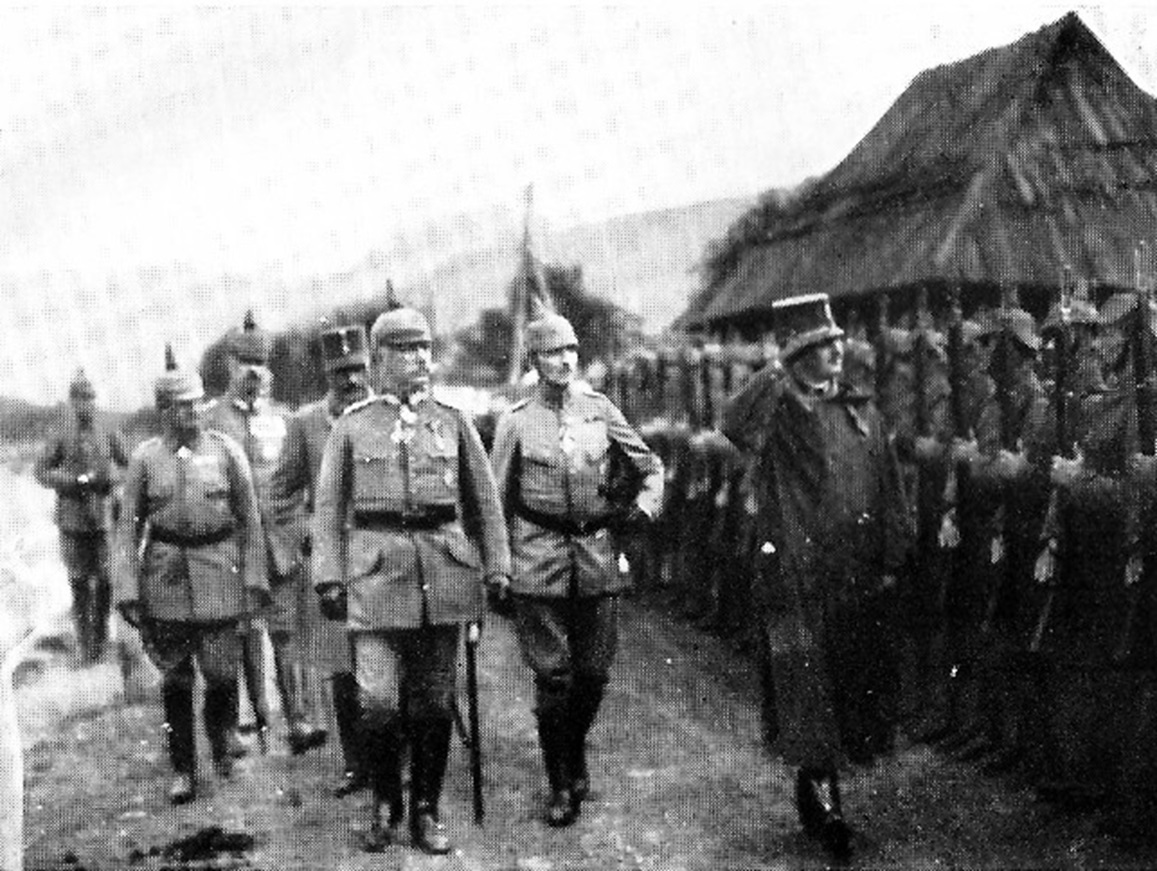 Unknown Author, Wikimedia Commons
Unknown Author, Wikimedia Commons
8. He Had Tears In His Eyes
On November 21, 1916, Charles' chamberlain came to him with eyes were full of tears. He took Charles’ head in his hands, made the sign of the cross on his forehead, then spoke these life changing words: “May God Bless Your Majesty”. The Emperor was dead. Long live the emperor.
As Europe faced the greatest crisis in its history, a 30-year-old Charles was about to take Austria’s highest position.
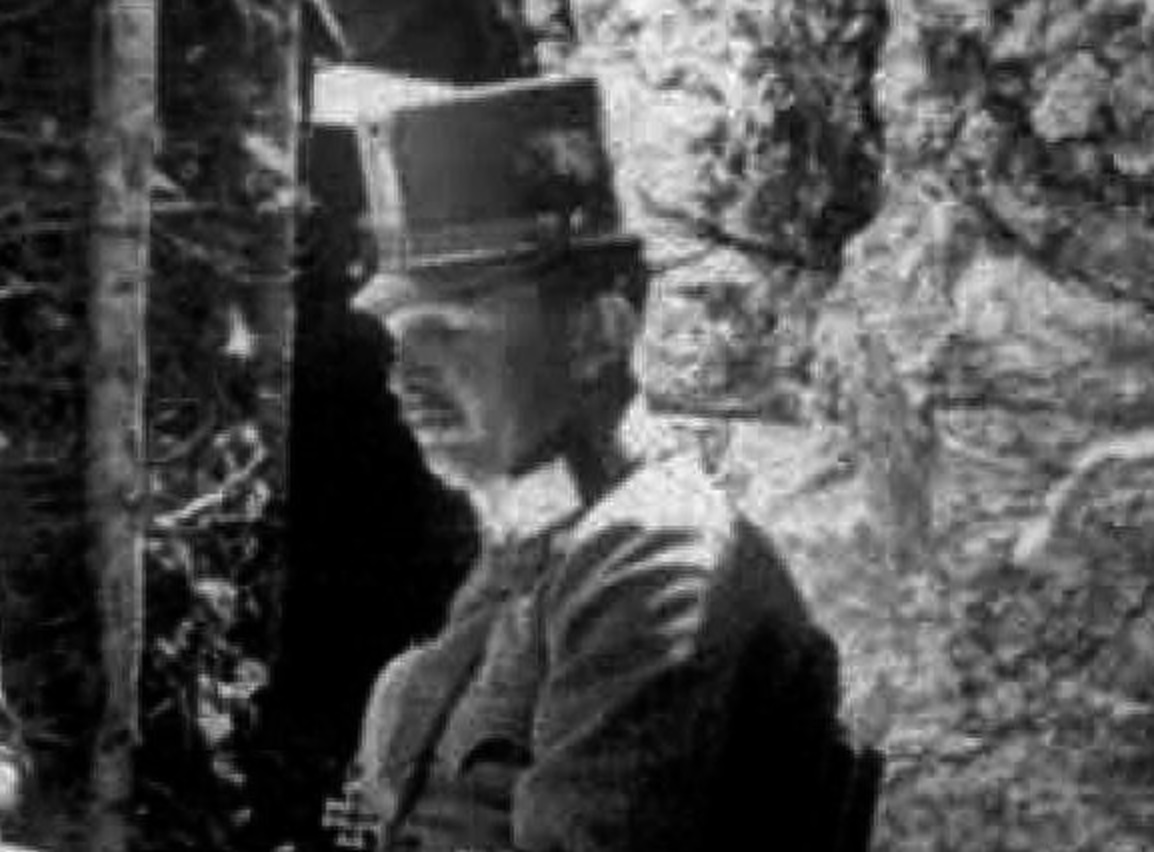 Unknown Author, Wikimedia Commons
Unknown Author, Wikimedia Commons
9. He Got The Job
Less than a month after the Emperor’s passing, Charles was crowned Emperor and named Supreme Commander of the Austro-Hungarian Army. He also became the King of Hungary, plus a couple more titles for good measure. Once all the ceremonies were behind him, Charles had one thing on his mind.
He had to prove himself to the people.
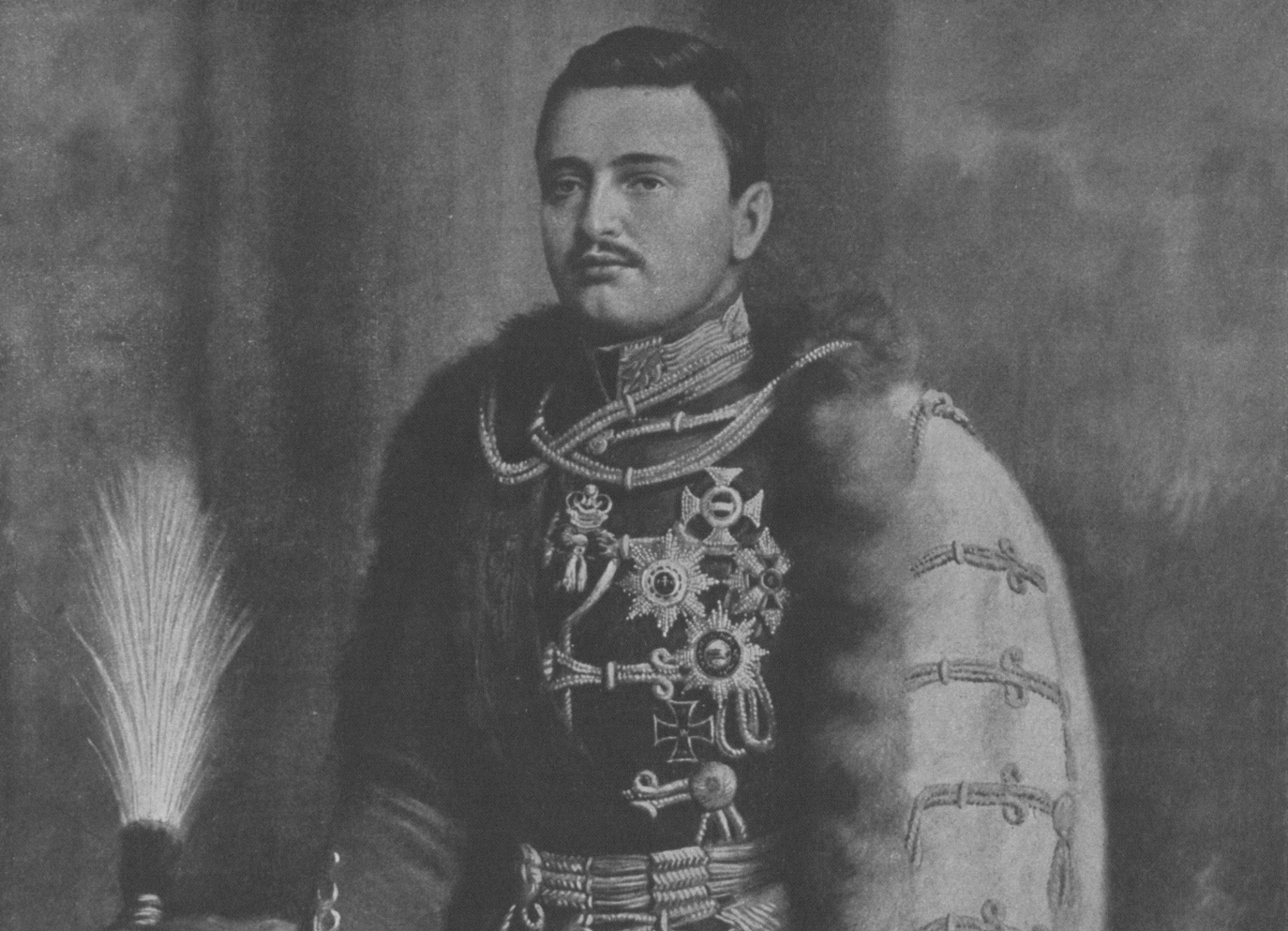 Charles Scolik, Wikimedia Commons
Charles Scolik, Wikimedia Commons

History's most fascinating stories and darkest secrets, delivered to your inbox daily.
10. He Had A Nickname
Charles quickly proved himself to be a brash and impulsive ruler, acting without fully thinking through the consequences. This led many in the Austrian court believe that Charles was maybe not quite up to the task. It also earned him an embarrassing nickname. Using his birth name, they called him “Karl the Sudden”.
Charles's early days as emperor were far from impressive—and if he went to cry on his wife’s shoulder, she wasn’t there.
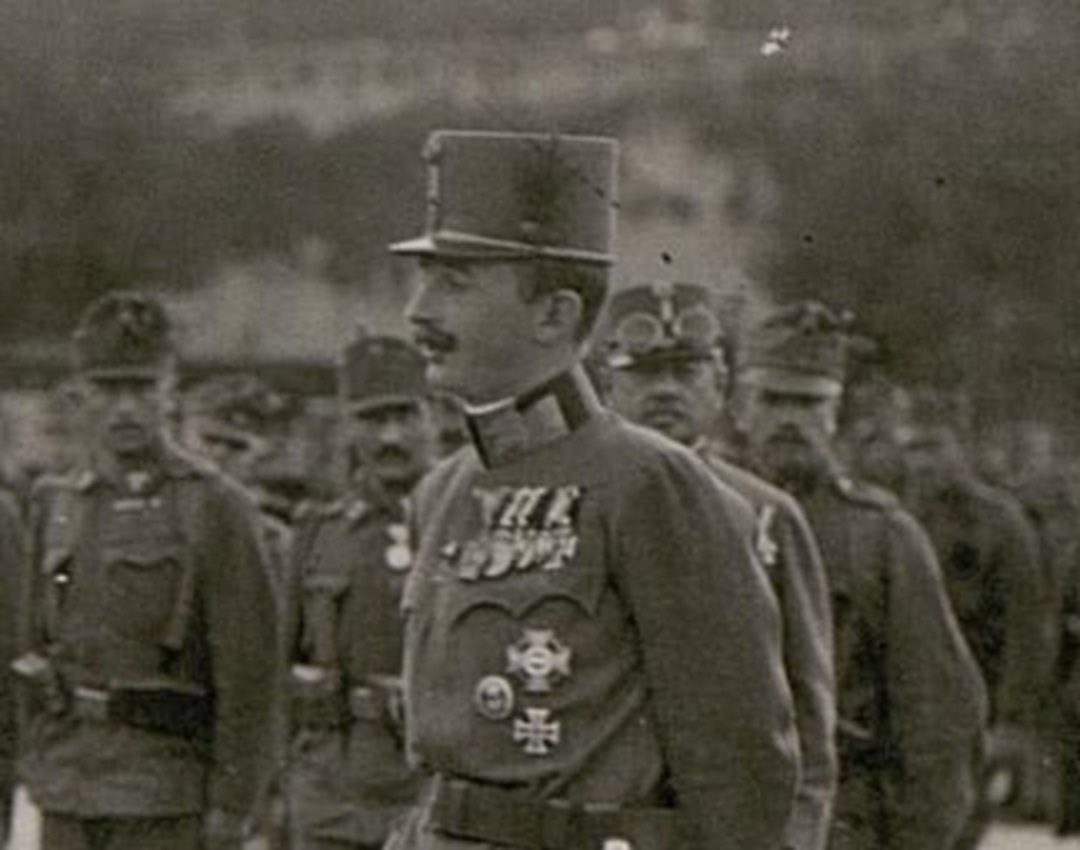 K.u.k. Kriegspressequartier, Lichtbildstelle - Wien, Wikimedia Commons
K.u.k. Kriegspressequartier, Lichtbildstelle - Wien, Wikimedia Commons
11. They Stayed In Touch
As the emperor, Charles had to spend a lot of time away from his new wife. The two really missed each other, so Charles found a way to get around this using brand-new technology. He had a special telephone line installed from Baden, where he had to be, to Hofburg, where his wife was. These two lovebirds apparently talked on the phone many times each day.
But as it turned out, Zita had an ulterior motive for gabbing on the phone with Charles.
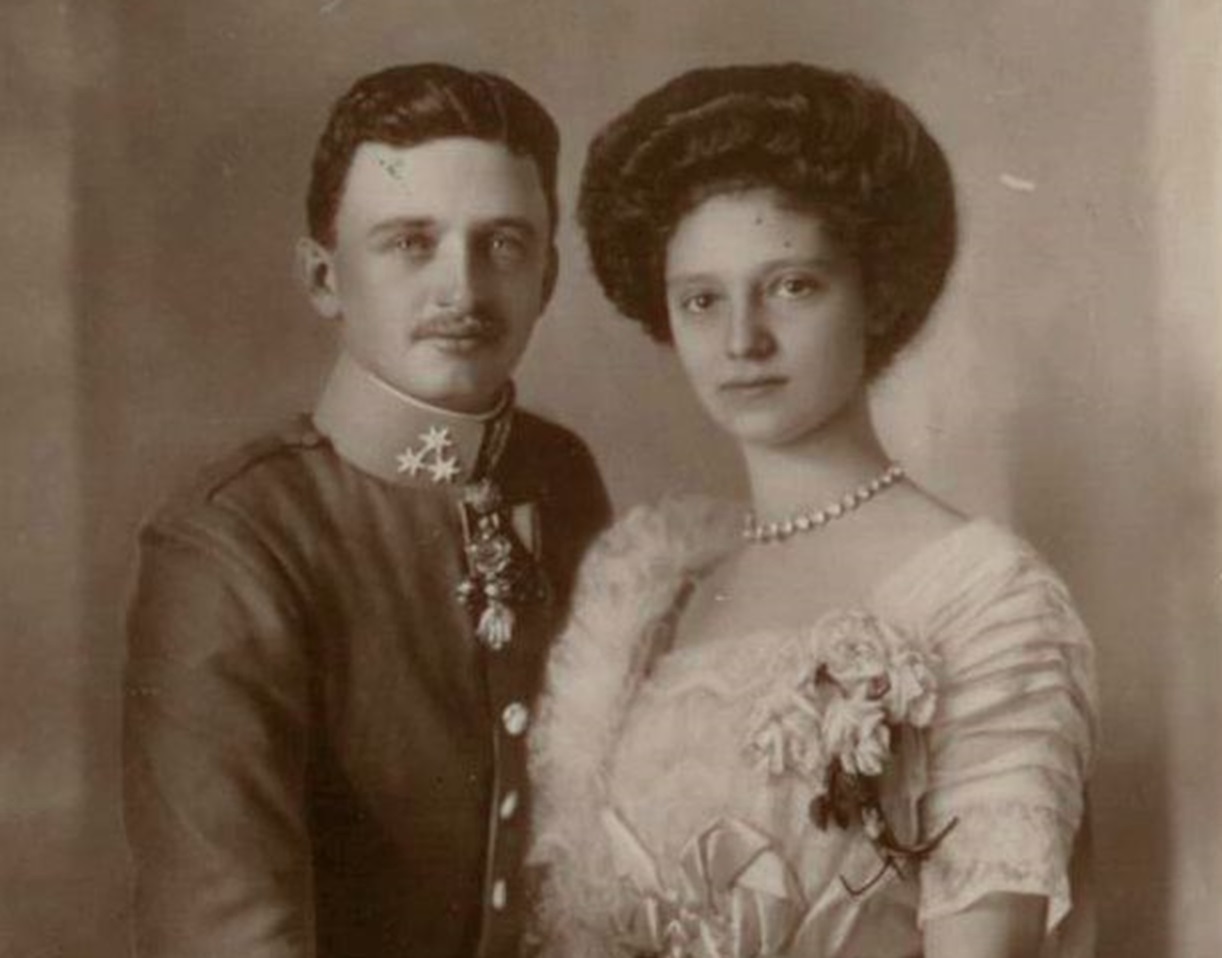 RP26, CC BY-SA 4.0, Wikimedia Commons
RP26, CC BY-SA 4.0, Wikimedia Commons
12. She Wanted A Voice
Behind every great man is a great woman, and Zita wielded influence over what her husband did as a ruler. These numerous phone calls with her husband weren’t just about how much they missed each other. The calls allowed Zita to give her opinion to Charles about how to run the country.
Giving support was one thing, but some historians believe that Zita was doing much, much more.
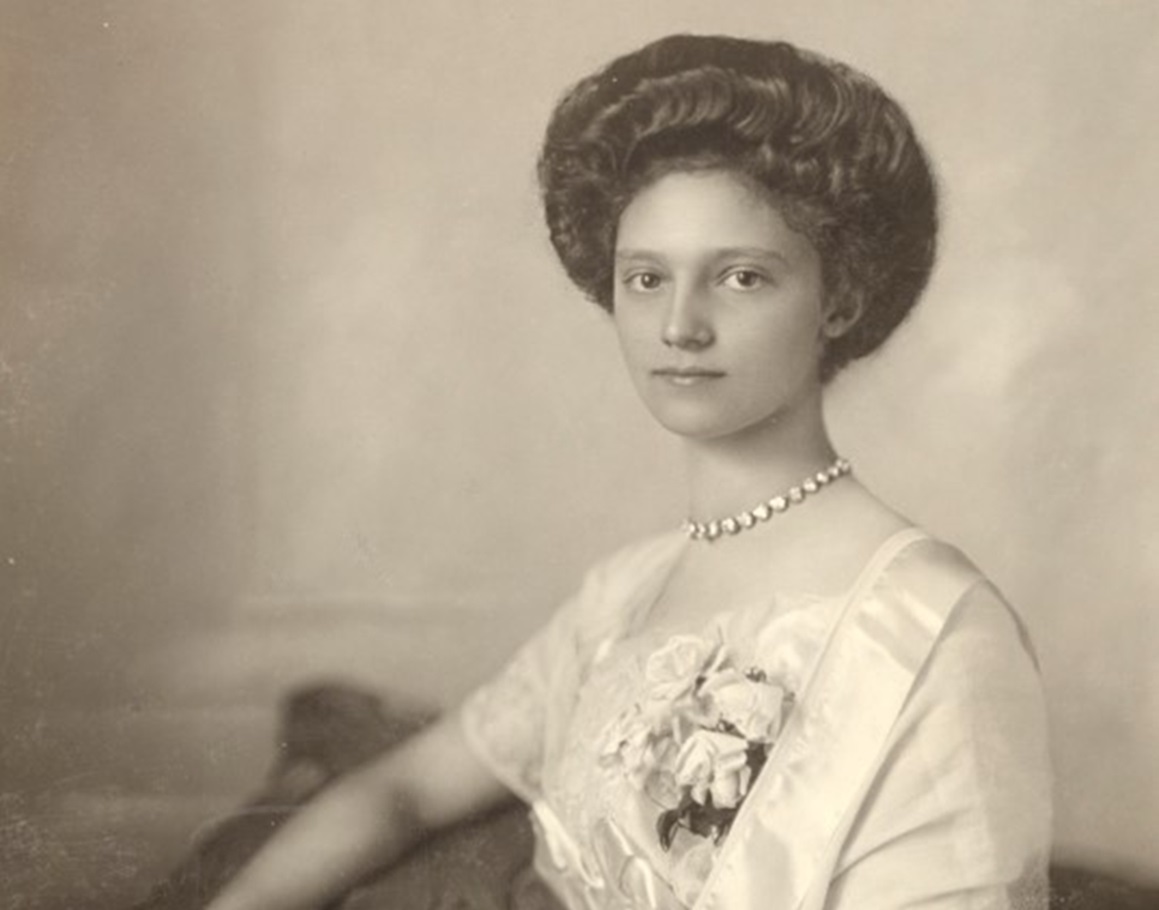 Carl Pietzner, Wikimedia Commons
Carl Pietzner, Wikimedia Commons
13. He Was Inferior
Many biographers agree that Zita was far cleverer than Charles. So, instead of being just a support for him, it could’ve been that she was actually calling the shots.
Later some speculated that it wasn’t only Zita’s intelligence that Charles needed. He also benefited from her dynamic personality and iron will. Zita was clearly Charles’ better half, but there was something about her past that created an air of distrust.
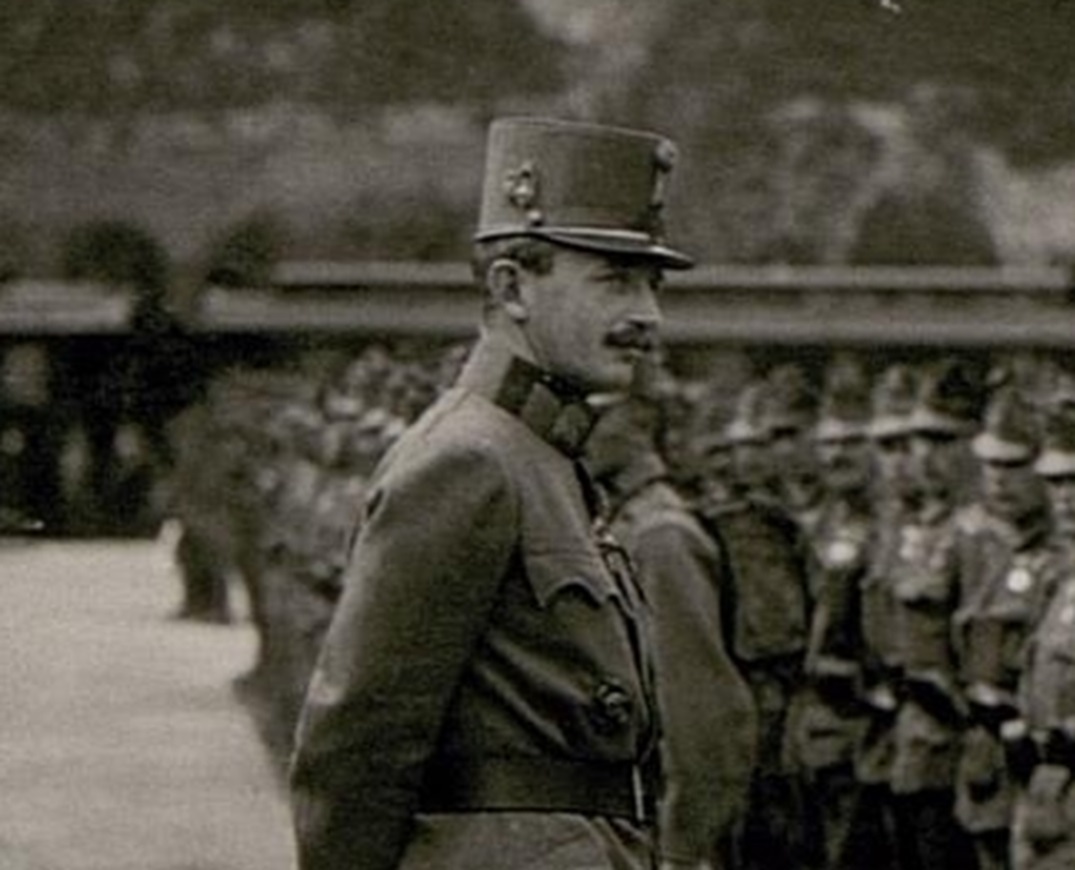 K.u.k. Kriegspressequartier, Lichtbildstelle - Wien, Wikimedia Commons
K.u.k. Kriegspressequartier, Lichtbildstelle - Wien, Wikimedia Commons
14. They Didn’t Trust Her
During WWI, Charles’ wife Zita must have felt quite torn. You see, she had brothers fighting on both sides of the conflict. Making matters worse was the fact that Zita herself was from Italy. This meant that technically she was on the side of the enemy.
Charles was depending on Zita for intellectual support, and yet many people in Austria didn’t trust her at all. That made his next move even riskier.
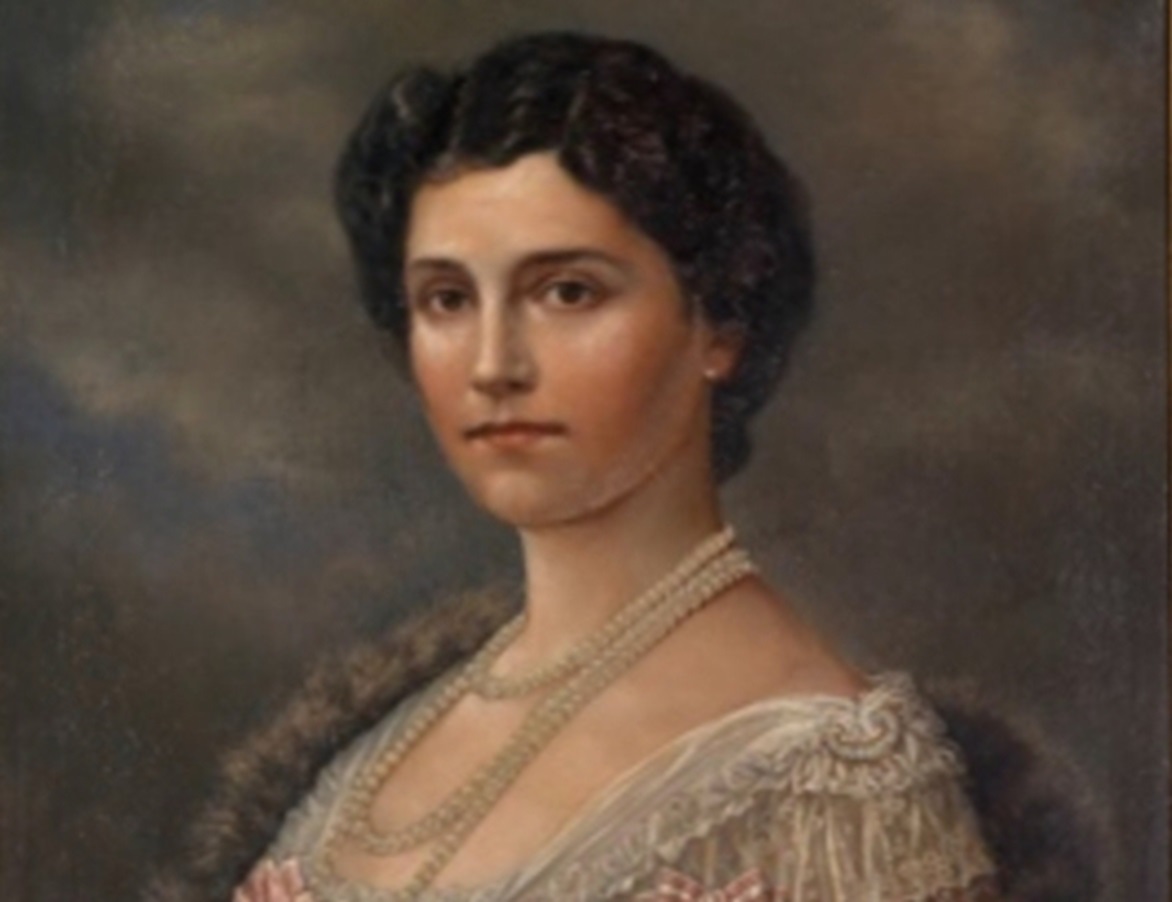 Theodor Mayerhofer, Wikimedia Commons
Theodor Mayerhofer, Wikimedia Commons
15. It Was Dangerous
At around this same time, the people of Russia had forced their Tsar to abdicate and put his whole family under house arrest. No one was more terrified by the news that Charles. He didn’t want the same thing happening to him and his family, so he did something extremely risky.
He went behind his allies' backs and had secret meetings with France to try and get Austria out of WWI. If Germany found out about these meetings, Charles would be in very serious trouble.
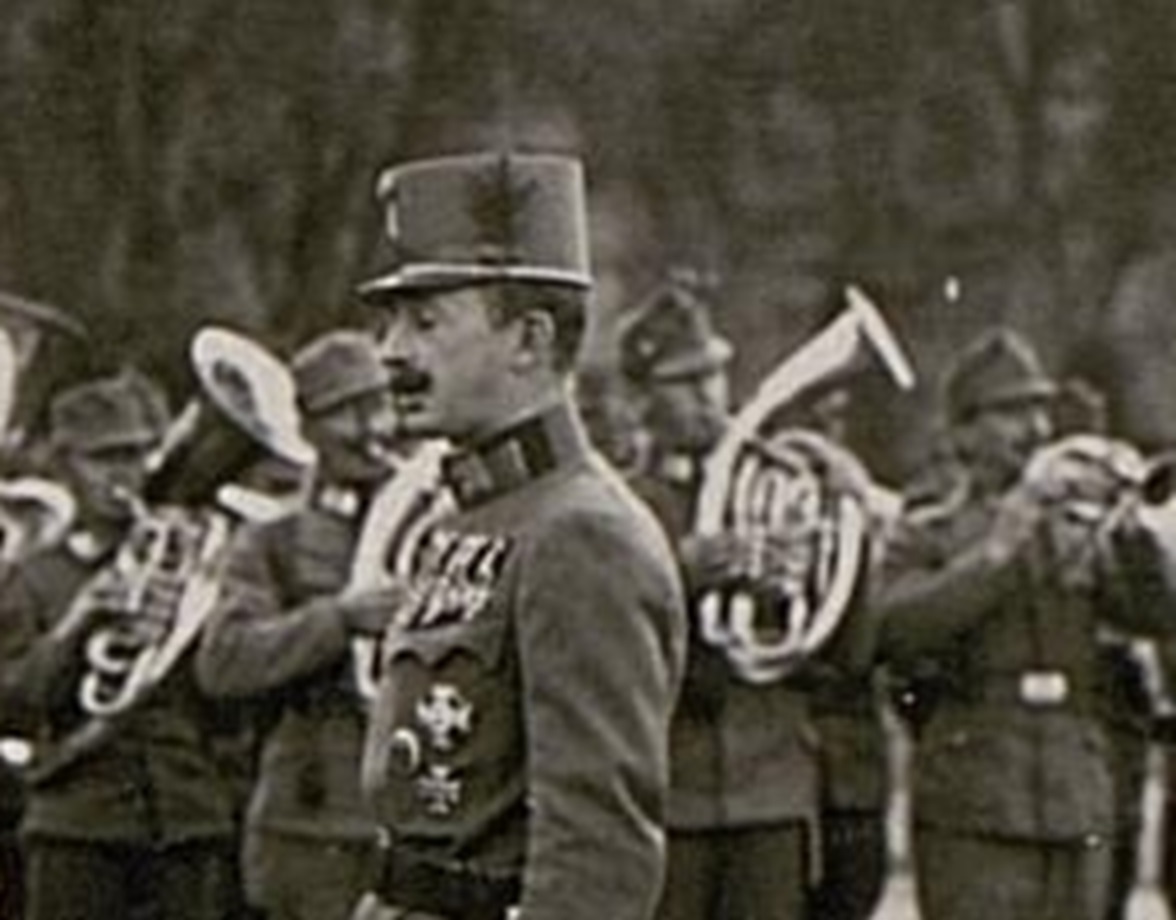 K.u.k. Kriegspressequartier, Lichtbildstelle - Wien, Wikimedia Commons
K.u.k. Kriegspressequartier, Lichtbildstelle - Wien, Wikimedia Commons
16. He Denied It
When Charles’ attempts to get Austria out of WWI failed, he turned to his plan B. This was using Zita’s brother—Prince Sixtus of Bourbon-Parma—as a go between. As was usual for a guy like Charles, he only made things worse. Suddenly, rumors started swirling about the new emperor’s secret attempts at making peace with France.
When Germany called Charles out, he played the oldest trick in the book: Deny, deny, deny. After all there was no proof. And then proof came out.
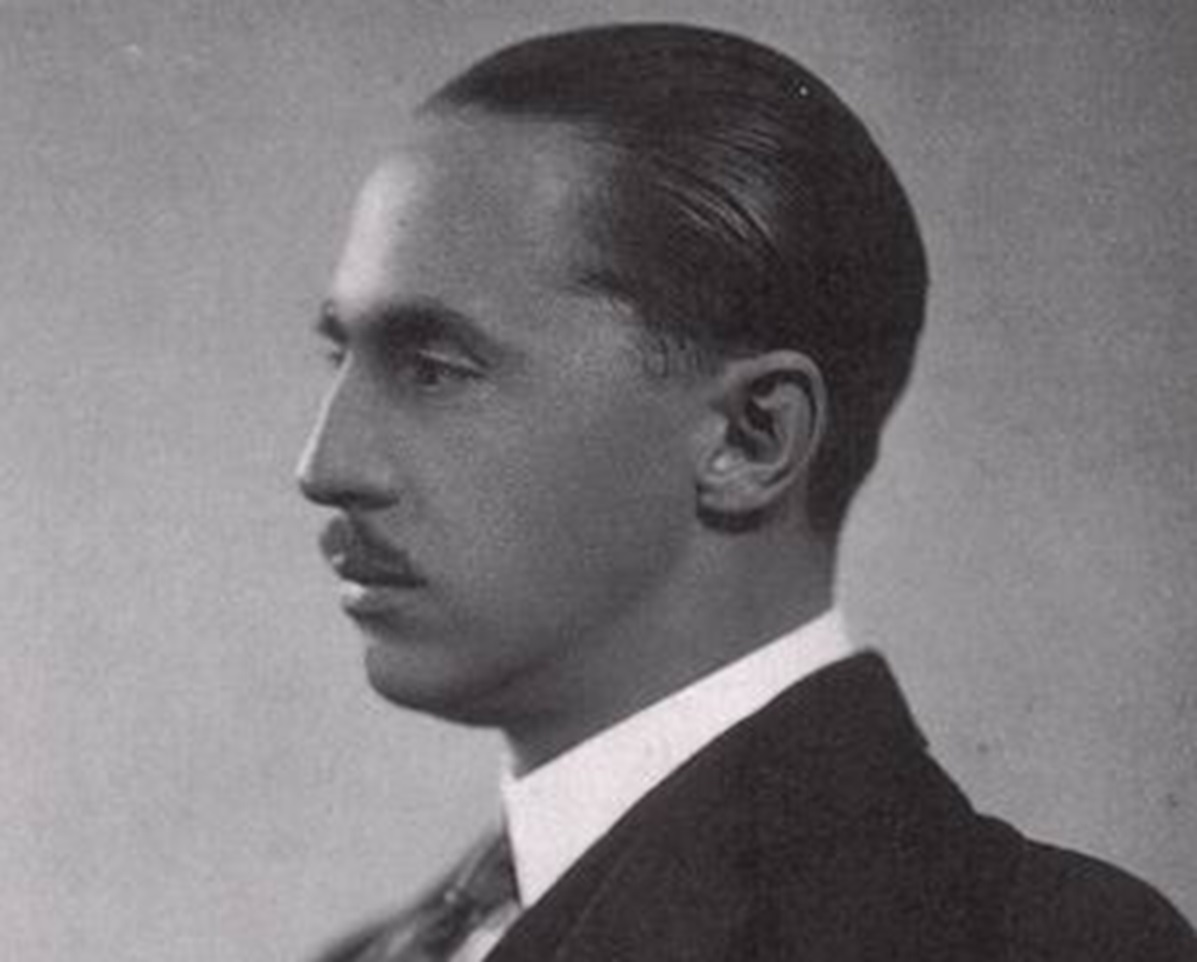 Hoffotograf, Wikimedia Commons
Hoffotograf, Wikimedia Commons
17. He Wrote Letters
Charles had denied meeting with France about a possible end to WWI, and France decided to call him out as a liar. To do this, the Prime Minister of France—George Clemenceau—took some very revealing letters Charles had sent him and published them in the newspaper.
Suddenly Charles’ secret plan to get Austria out of WWI was out there for everyone to see. Now, Charles had to face some very angry Germans.
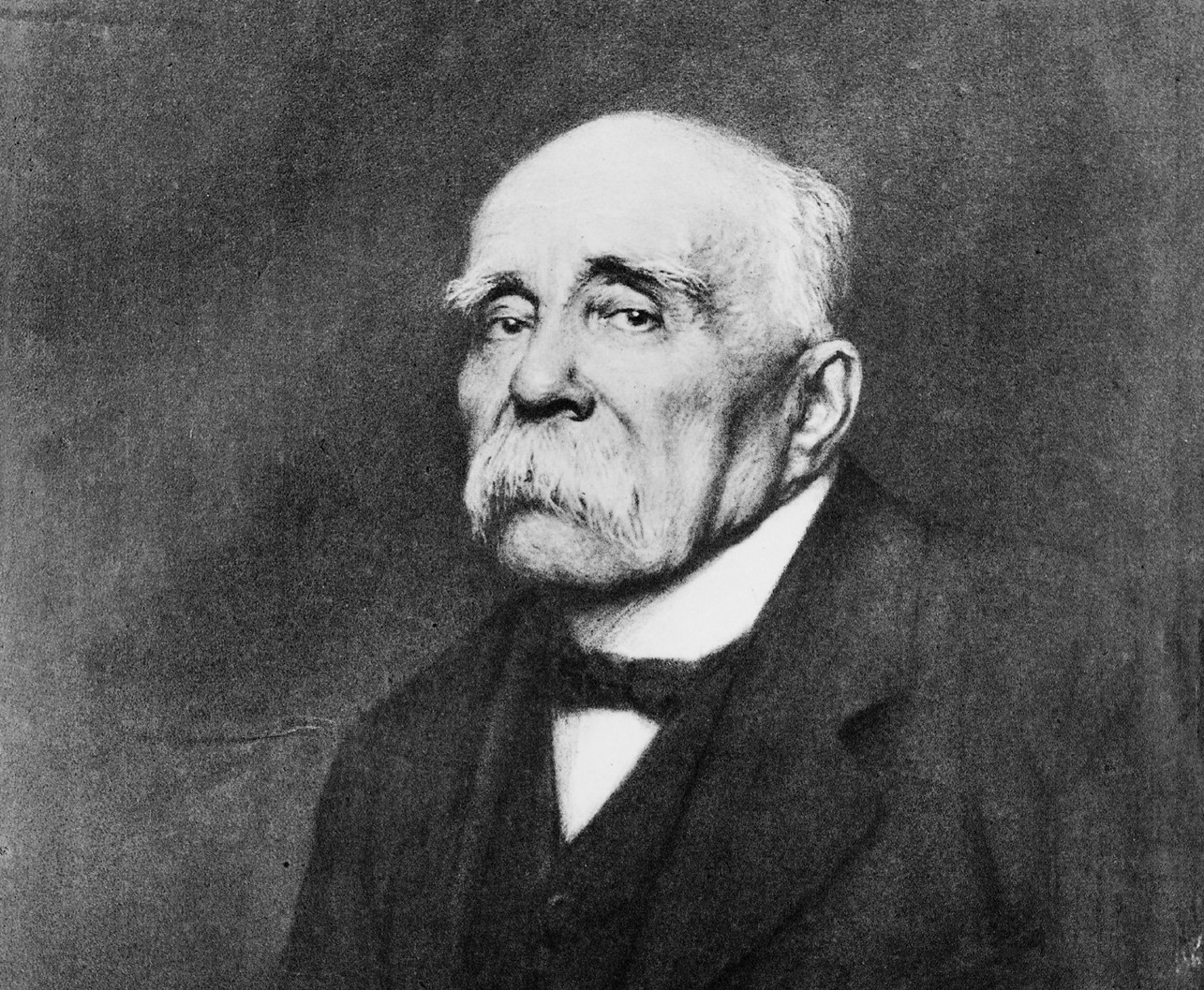 P. Alvarez, CC BY 4.0, Wikimedia Commons
P. Alvarez, CC BY 4.0, Wikimedia Commons
18. He Needed A Spin Doctor
It soon became clear that Germany was not just a little angry—they were actually ready to invade Austria. Charles had really done it now. He turned to his Foreign Minister Count Ottokar Czernin, for guidance. Czernin’s idea was for Charles to send a “Word of Honor” to the allies that explained how none of this was Charles’ fault and that the Prime Minister was lying. Great idea.
But that wasn't all. As it turned out, Czernin had a second plan that would not be at all good for Charles.
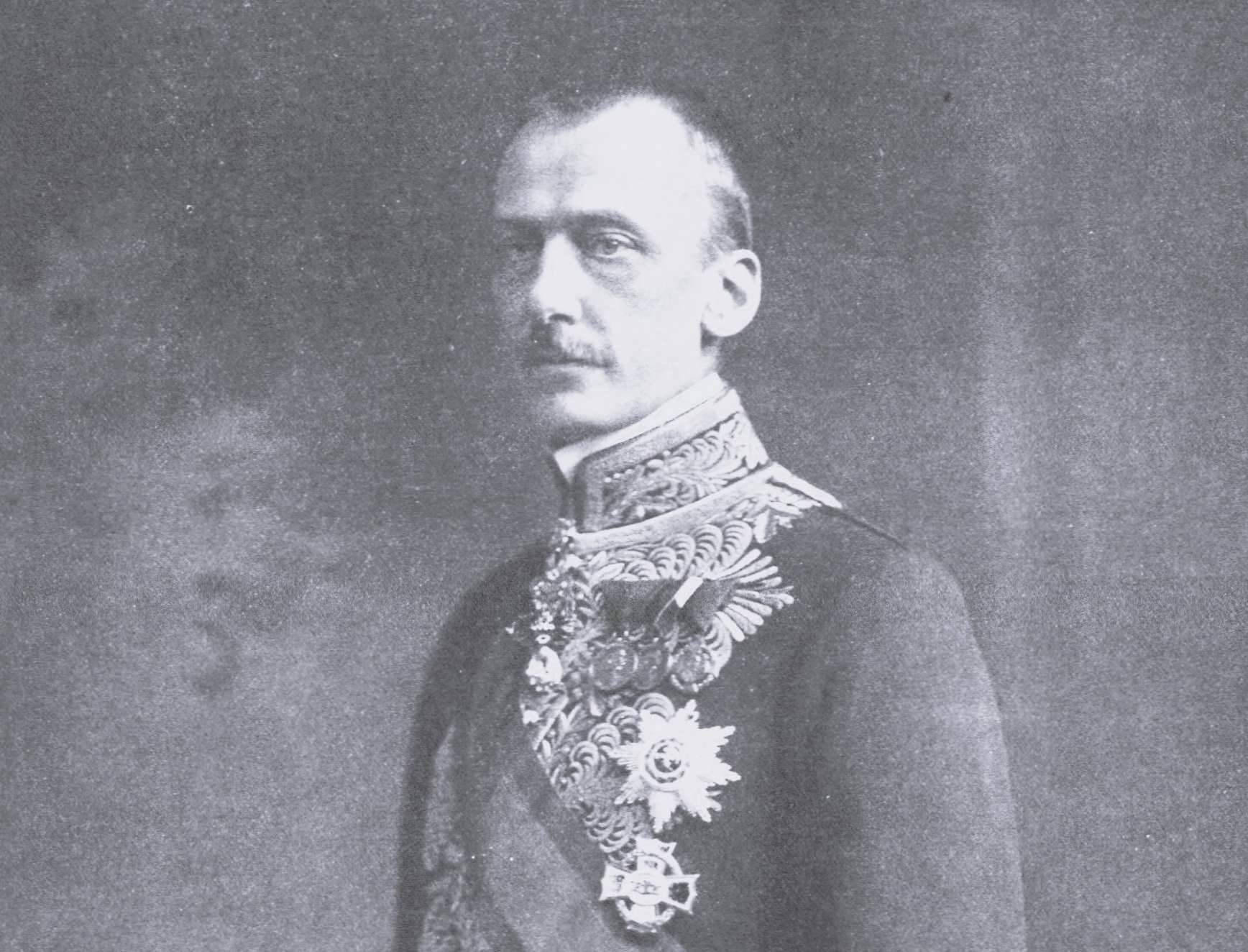 Carl Pietzner, Wikimedia Commons
Carl Pietzner, Wikimedia Commons
19. He Couldn’t Be Trusted
During this whole scandal, Czernin was staying in close contact with Germany and harboring a secret ambition. Sure, he had advised Charles to send his “Word of Honor,” but at the same time, he was trying to talk Charles into abdicating the throne. That's definitely what he was saying to Germany, who’d had it with Charles’ antics.
All Czernin had to do was persuade Charles that quitting was the only way out. But he was greatly underestimating Charles's pride.
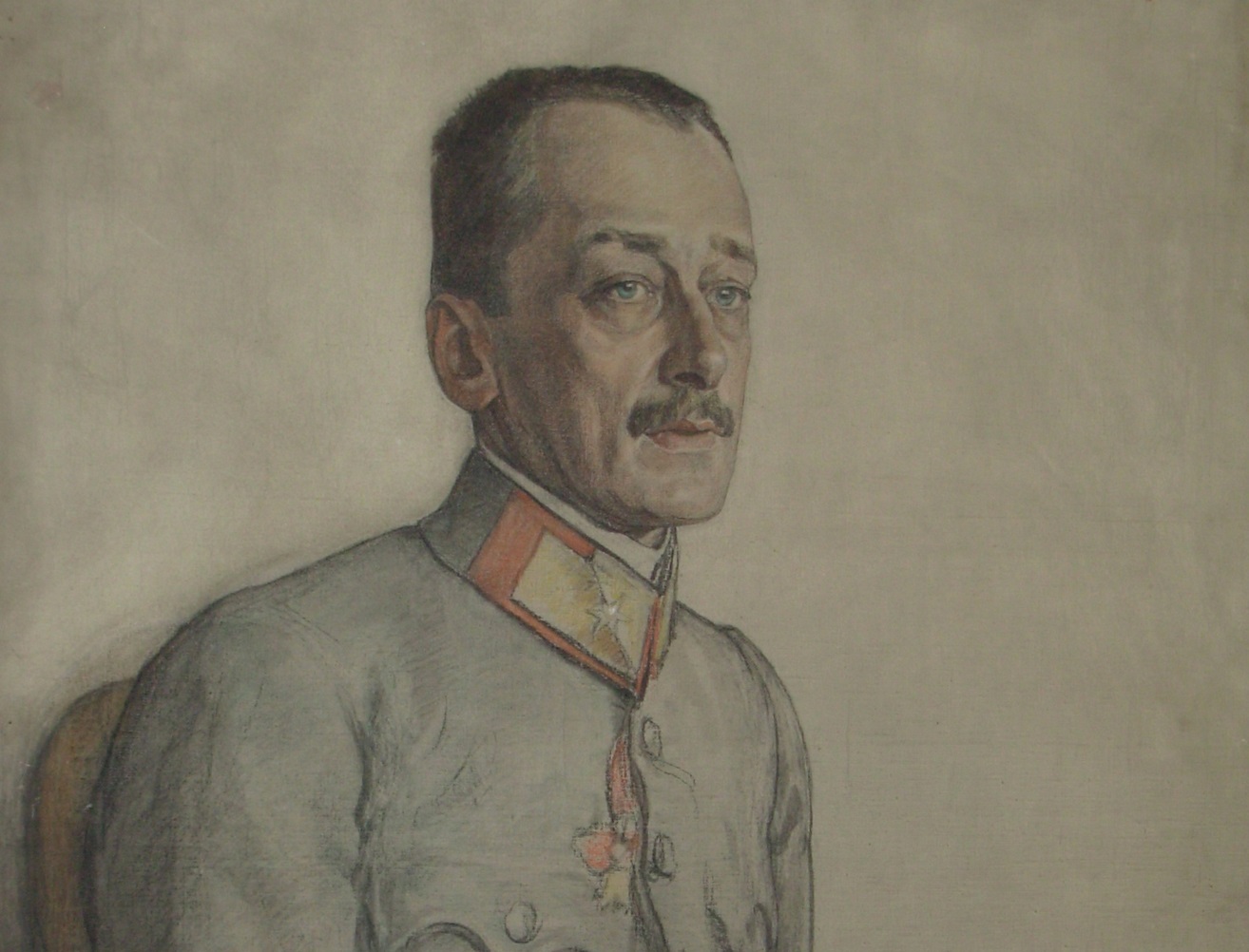 Nschattenstein, CC BY-SA 3.0, Wikimedia Commons
Nschattenstein, CC BY-SA 3.0, Wikimedia Commons
20. He Hung On
Try as he might, Czernin could not convince Charles to abdicate. He was going to go down with the ship. This failure led Czernin to have a nervous breakdown and quit as the Foreign Minister.
Charles had weathered the storm and remained emperor, but he still had the enraged Germans to contend with. They still wanted blood—and it was going to be a political nightmare for Charles.
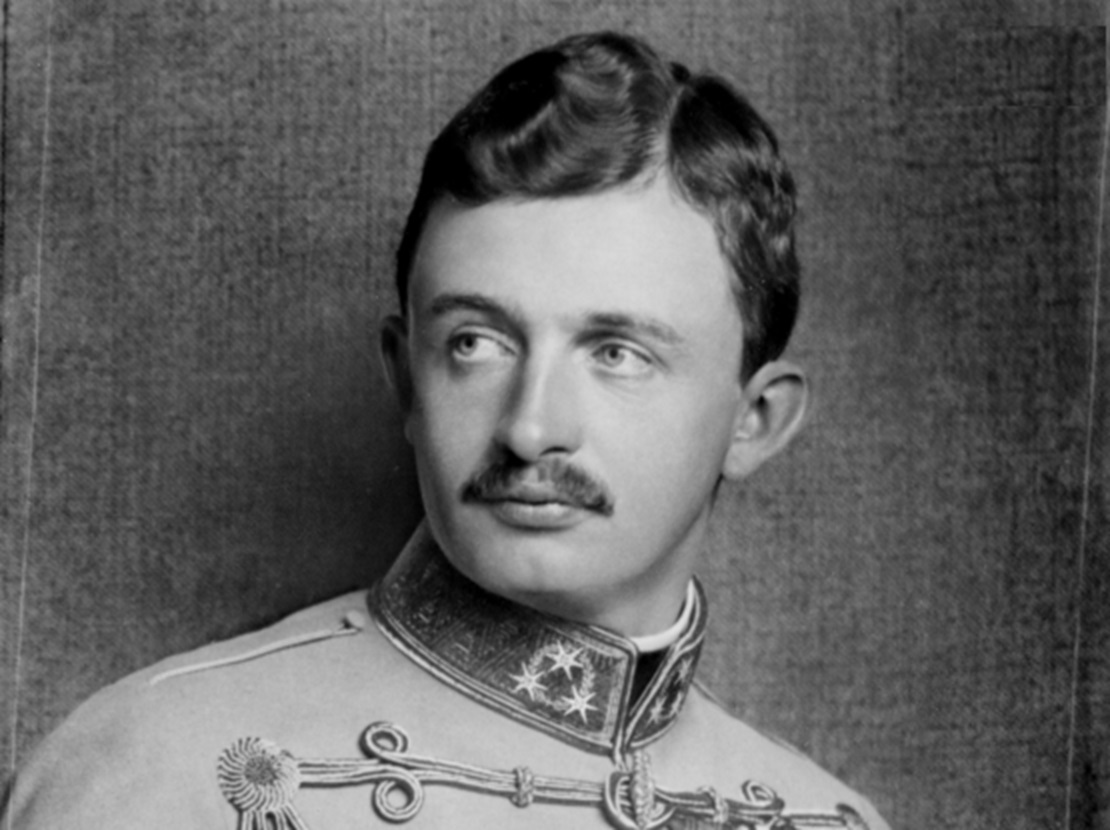 Studio of Dora Kallmus, Wikimedia Commons
Studio of Dora Kallmus, Wikimedia Commons
21. He Handed It Over
Charles was still in hot water with Germany, and the questions about his wife Zita's allegiances were only getting louder. The Germans said they wanted “unconditional adherence” from Charles and Zita. This meant Charles had to hand over the control of his army, his factories, and the rail system all to Germany.
This was a devastating embarrassment—but for Charles it was only the beginning. Rock bottom was still a long ways off.
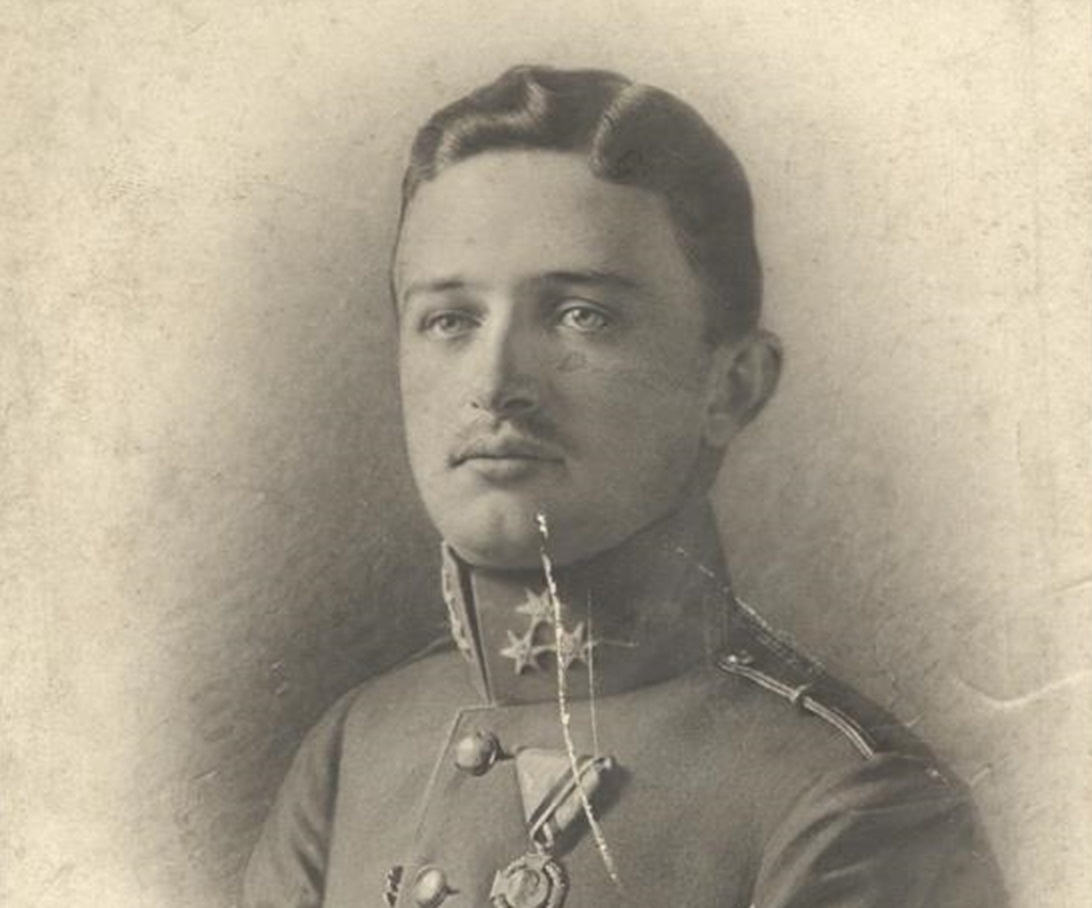 Unknown Author, Wikimedia Commons
Unknown Author, Wikimedia Commons
22. He Had Problems At Home
As if dealing with WWI wasn’t enough, Austria had conflicts going on within its own borders. Tensions between ethnic groups in the empire got so bad that it caught the attention of US President Woodrow Wilson. Wilson demanded that Charles give these his people autonomy and self-government. You know, the exact opposite of an empire.
Charles knew he had to do something to save his skin. But, like most things he tried, it failed miserably.
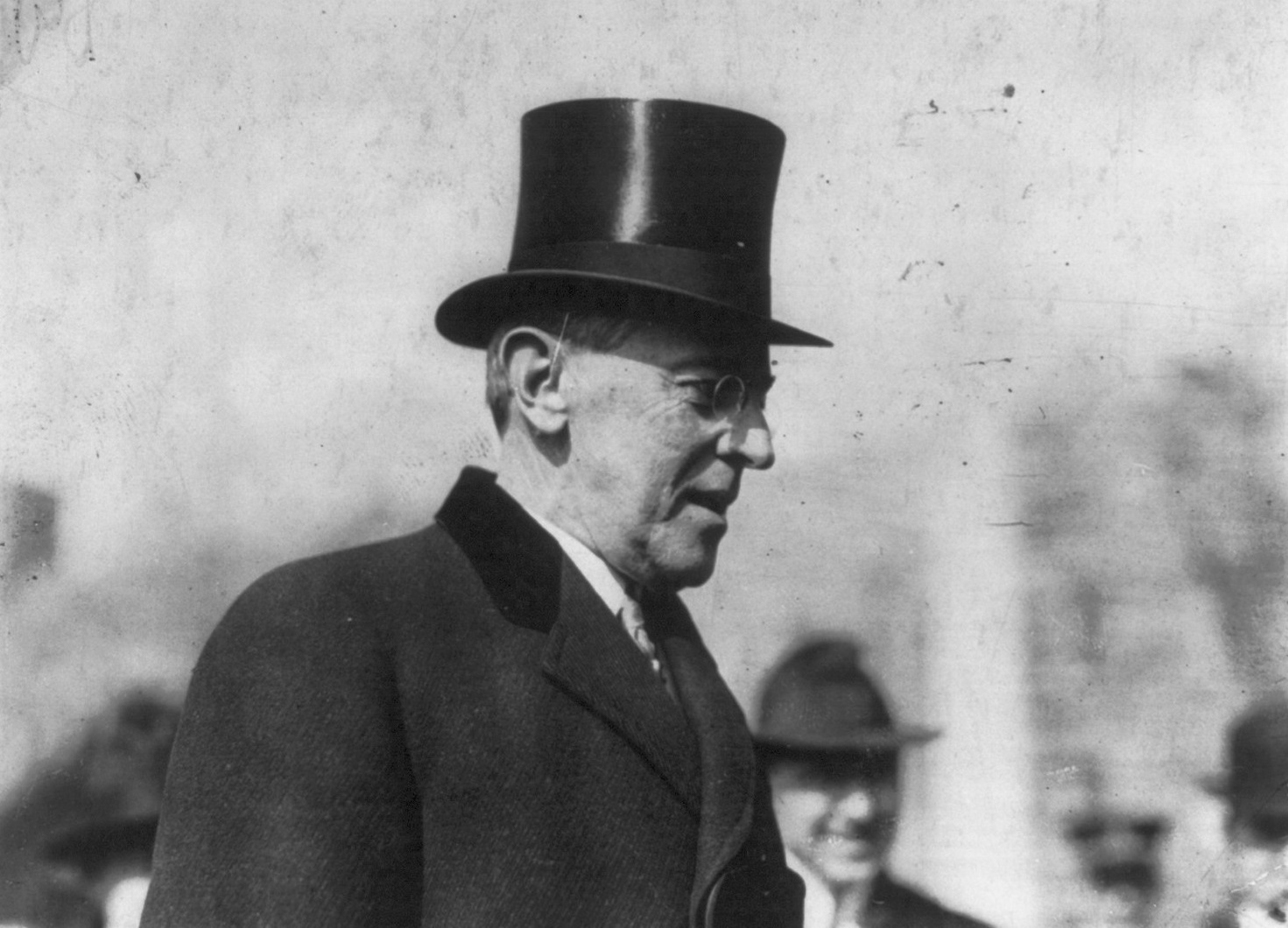 Library of Congress, Wikimedia Commons
Library of Congress, Wikimedia Commons
23. He Was Losing Everything
Charles tried to comply with the US president by making one confederation for all the competing ethnic groups. But no, this wasn’t enough. These smaller groups within his realm now all wanted complete independence from Austria. Basically, Charles’ world was collapsing right before his very eyes.
It was time for action, but Charles didn't know where to turn.
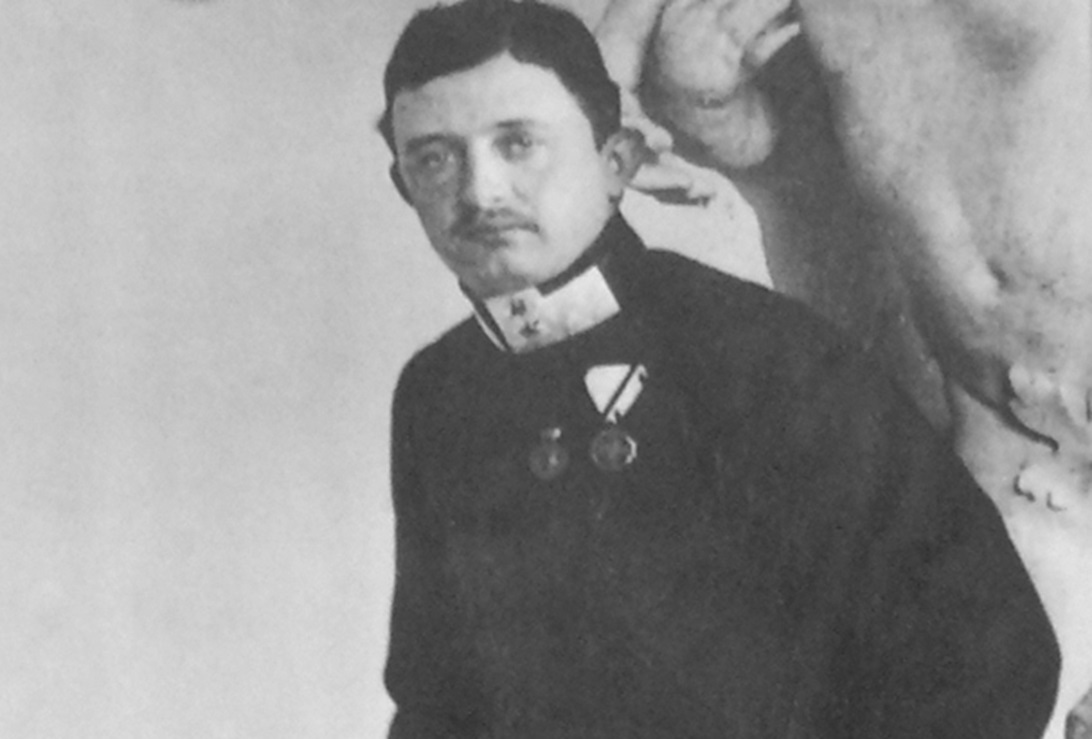 Unknown Author, Wikimedia Commons
Unknown Author, Wikimedia Commons
24. He Lost Two
The US wanted Charles to grant complete independence to the Czechs, the Slovaks, and the South Slavs. As it turned out, this would happen with or without Charles’ approval. In fact, by 1918, the Czech provisional government flipped their allegiance and joined up with the Allies. The South Slavs soon followed suit with their own independent state.
Everything seemed to be slipping through Charles’ fingers.
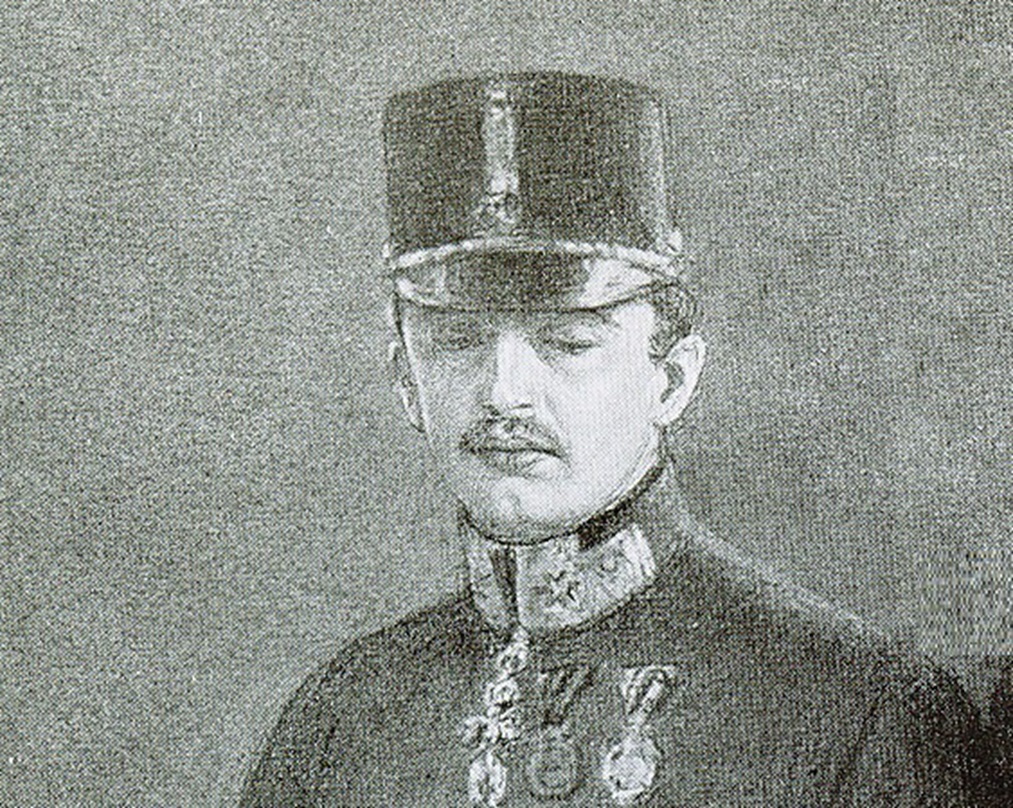 Drawing by Joseph SIMONT., Wikimedia Commons
Drawing by Joseph SIMONT., Wikimedia Commons
25. He Had To Sign
Charles and Zita left the children in Budapest and headed to Vienna to face the music. Here they found out that the new state of “Germany-Austria” had already appointed ministers. This certainly looked like the end of Charles’ reign. The ministers had even put together a manifesto, and they insisted that Charles sign it.
The people of Austria were about to get a very surprising message from their leader.
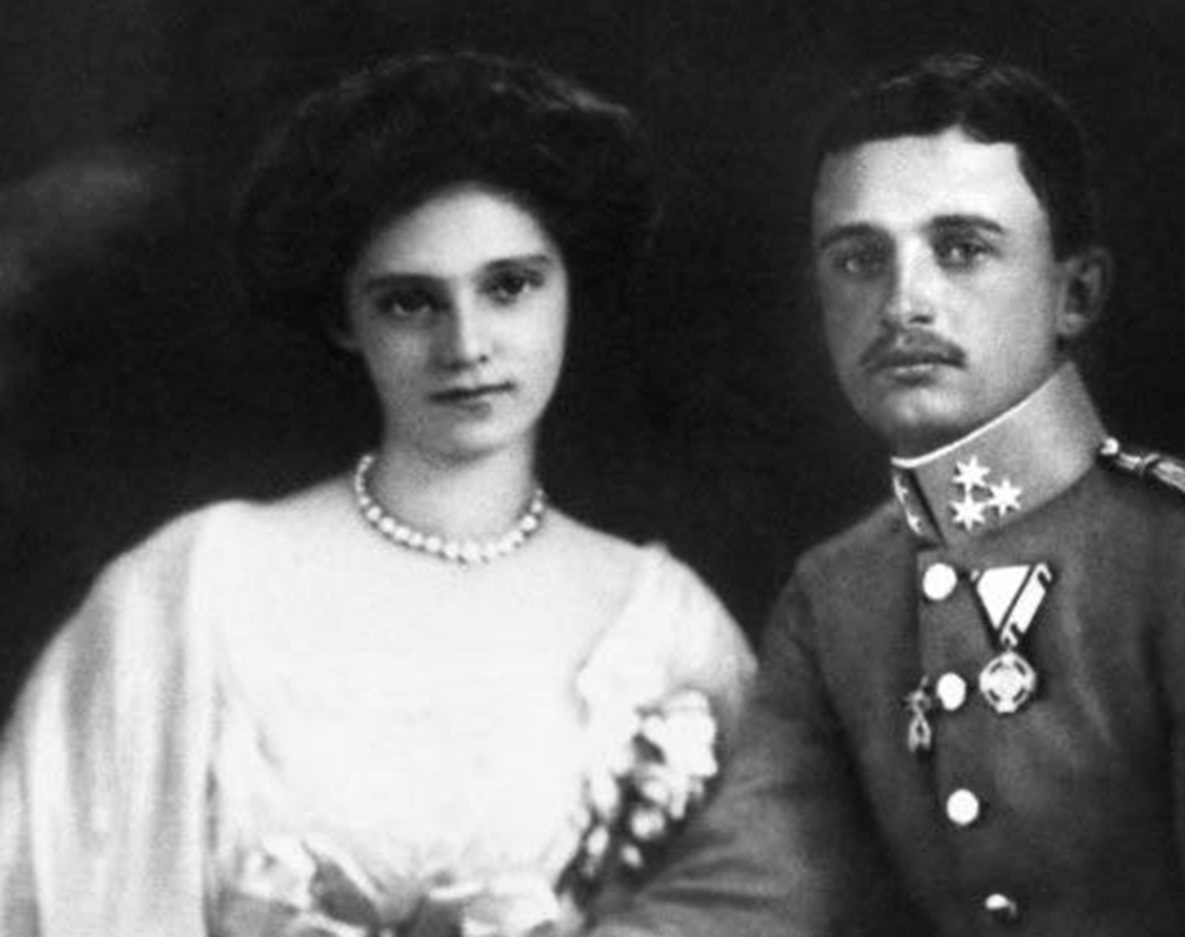 Unknown Author, Wikimedia Commons
Unknown Author, Wikimedia Commons
26. It Was A Startling Announcement
On November 11, 1918, the ministers released the manifesto to the public. It said that Charles would no longer take part in administering the state. It went on to say that his officials no longer needed to be loyal to him. Now this may sound like a flat out abdication, but the wording was careful. The word “abdication” did not appear anywhere.
But if anyone didn't see what was happening, his next move made it painfully obvious.
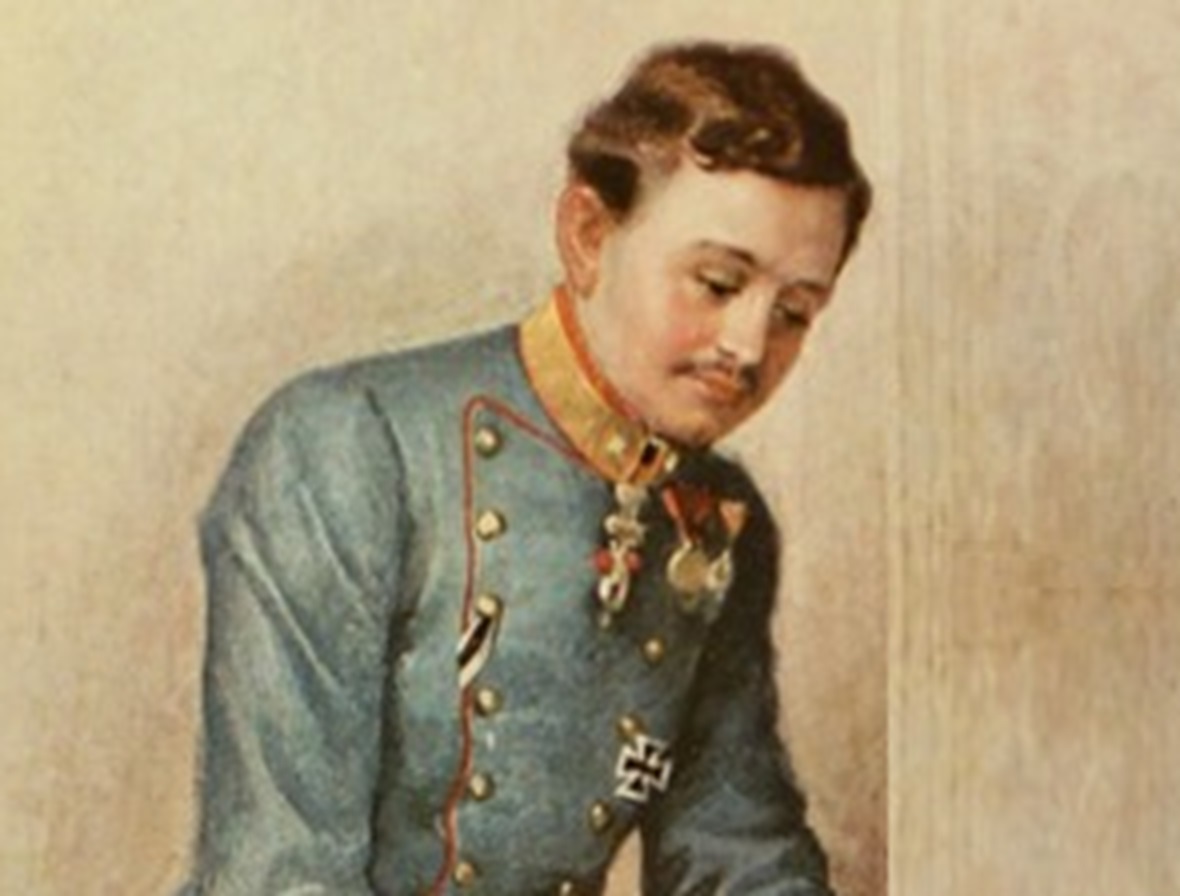 "J. Streyl", Wikimedia Commons
"J. Streyl", Wikimedia Commons
27. They Made A Move
On the same day as Charles’ announcement, he and his family packed up their things and moved out the emperor's official residence. Charles then turned around and made it clear to Hungary that he was no longer their king—while again, still not officially abdicating the throne. Everyone was confused.
But Charles knew what he was doing. At least, he thought he was.
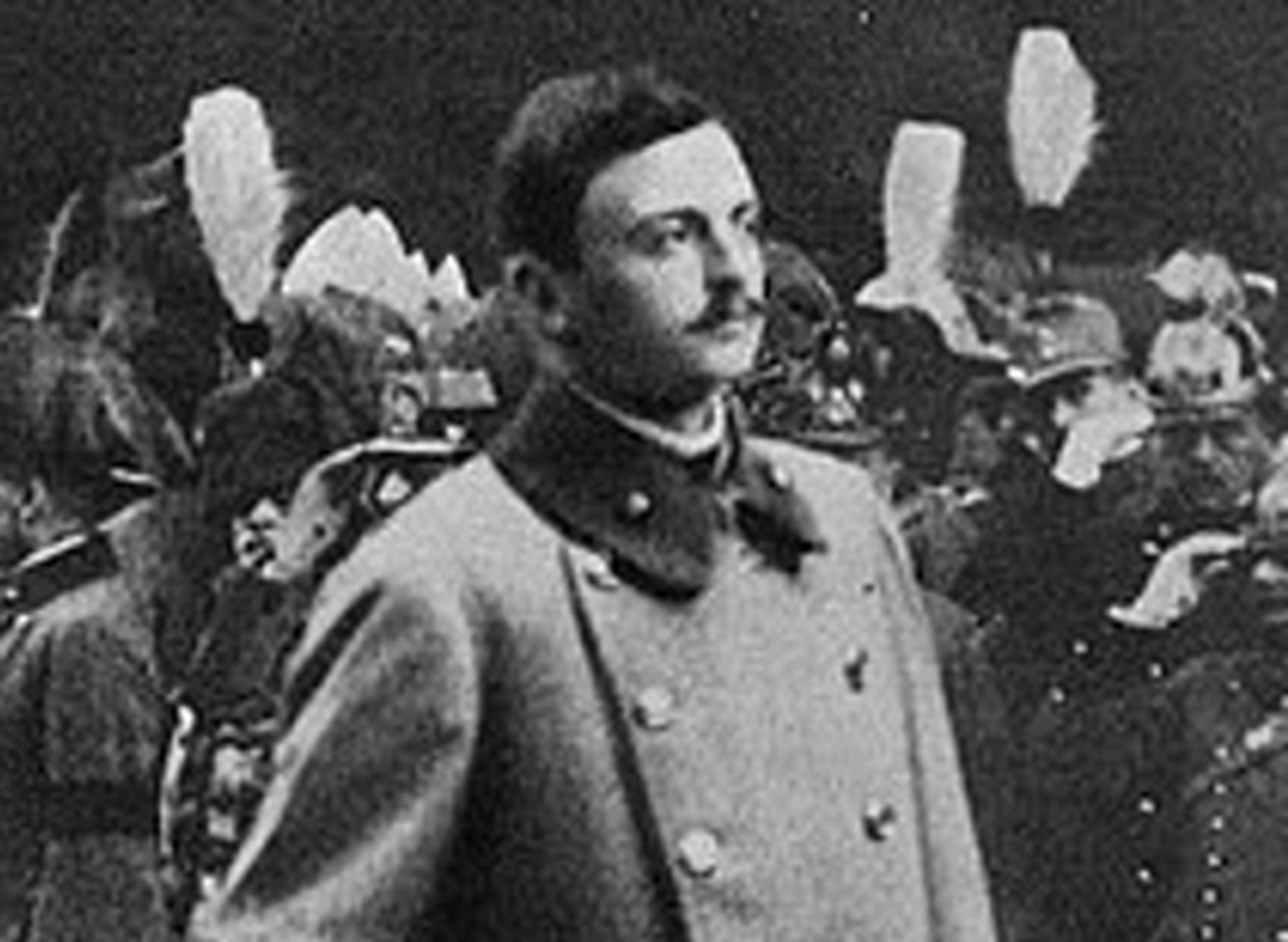 Unknown Author, Wikimedia Commons
Unknown Author, Wikimedia Commons
28. He Wanted Them To Beg
Charles moved to an estate in the country, where he waited for a response from the people. He secretly wanted them to beg him to return. But he was in for a rude awakening.
Instead of begging to get their Emperor back, the people of Austria happily proclaimed the independent Republic of German-Austria. Four days later, the Hungarians did something very similar. This public response shattered Charles. He couldn't deny it anymore: No one wanted him.
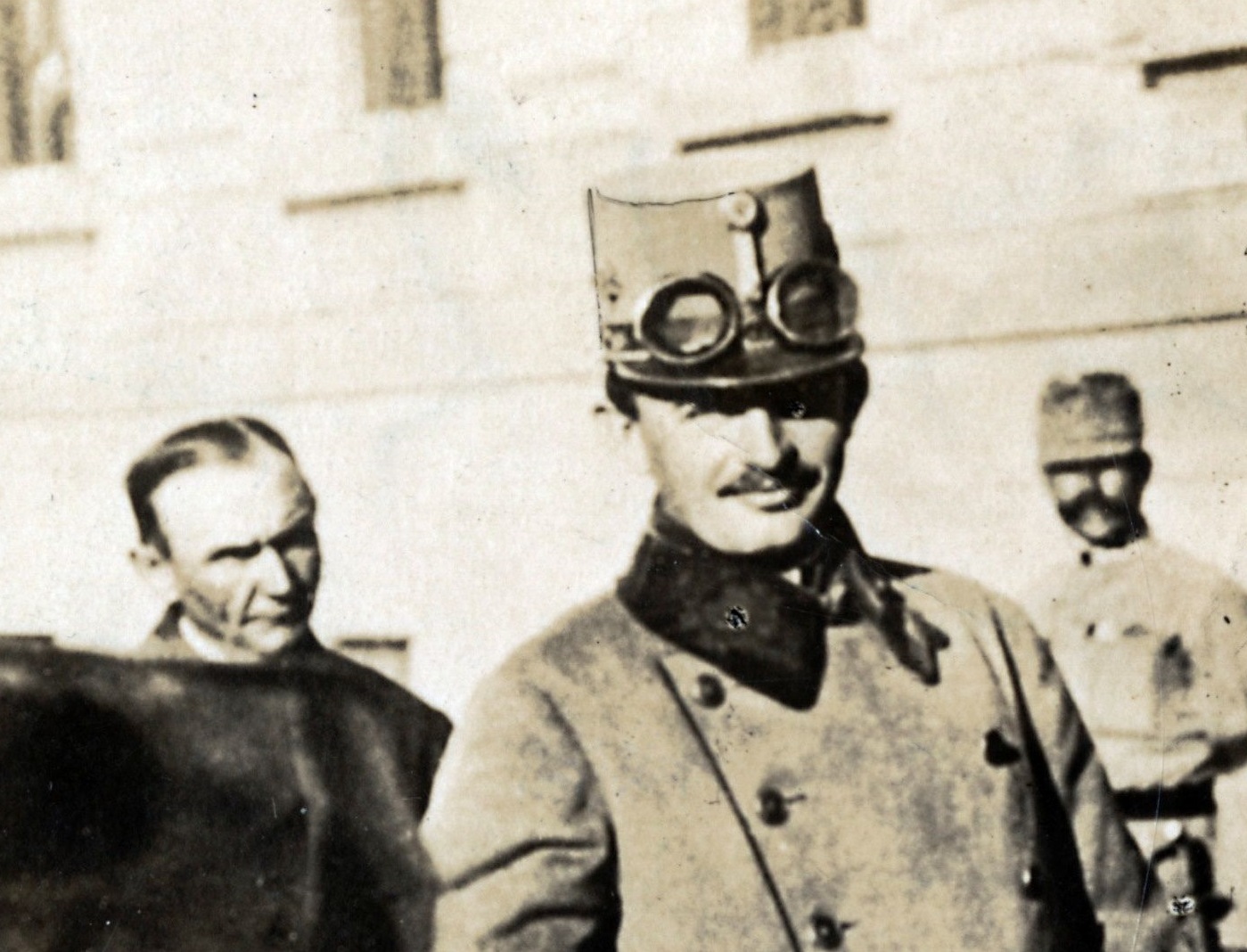 Unknown Author, Wikimedia Commons
Unknown Author, Wikimedia Commons
29. He Had Three Options
The new government in Austria did not enjoy playing Charles's games, so they gave him an ultimatum. He could formally abdicate and stay in Austria as a “non-royal” citizen, his family could leave of Austria altogether...or he could go to prison.
Charles and his family were clearly in a precarious position. It would take a miracle to get them out of it.
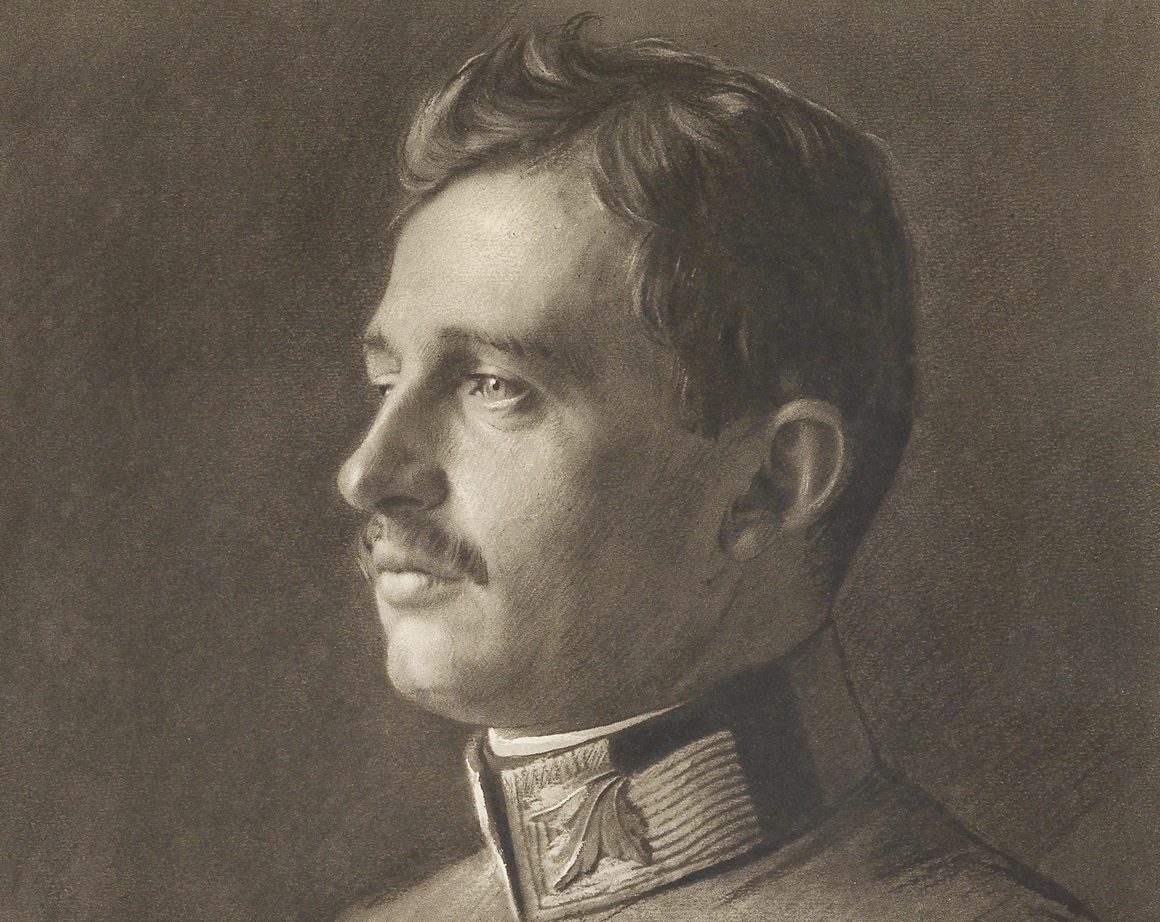 Unknown Author, Wikimedia Commons
Unknown Author, Wikimedia Commons
30. They Needed Help
Zita’s brother Prince Sixtus saw that Charles and his sister and in-laws were in trouble. He went to the Britain's King George V to get help. George, who was shocked by what happened to his cousin Nicholas, quickly sent out an order to get Charles and his family out of Austria immediately. We can't have people out here taking out Divine Heads of State!
A British colonel named Edward Lisle Strutt heard King Edward’s order and stepped up. Strutt’s plan involved a very top secret train ride.
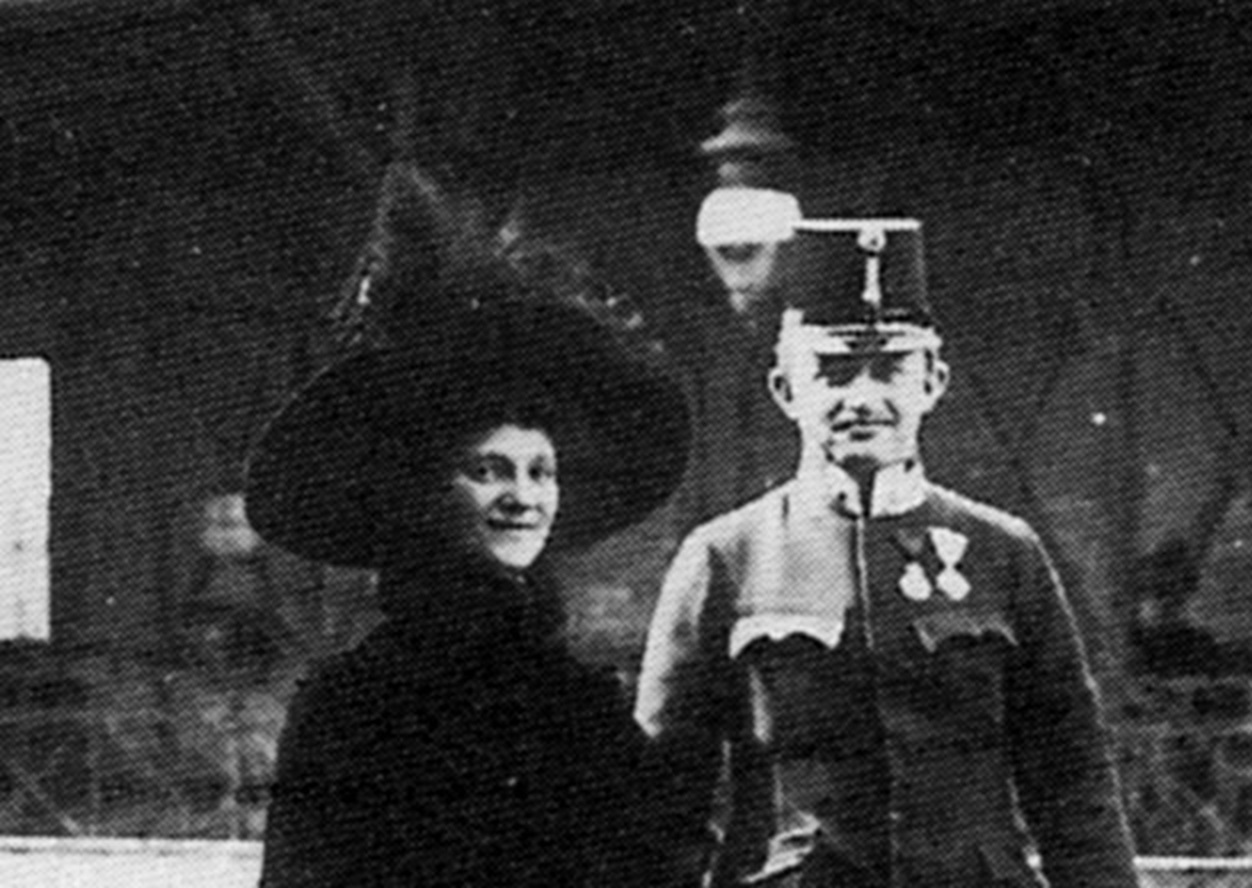 unbekannt, offizielle Fotographie, Wikimedia Commons
unbekannt, offizielle Fotographie, Wikimedia Commons
31. He Sent A Last Minute Message
Strutt got Charles and his family safely into neighboring Switzerland. This could have been the end of the story, but Charles was not ready to give everything up just yet. As his train was crossing into Switzerland, Charles sent out an announcement stating that he was still the sovereign of Austria. In his opinion, whatever the new German-Austrian assembly had decided about him was now “null and void”.
Charles was playing with fire, and he was about to get burned.
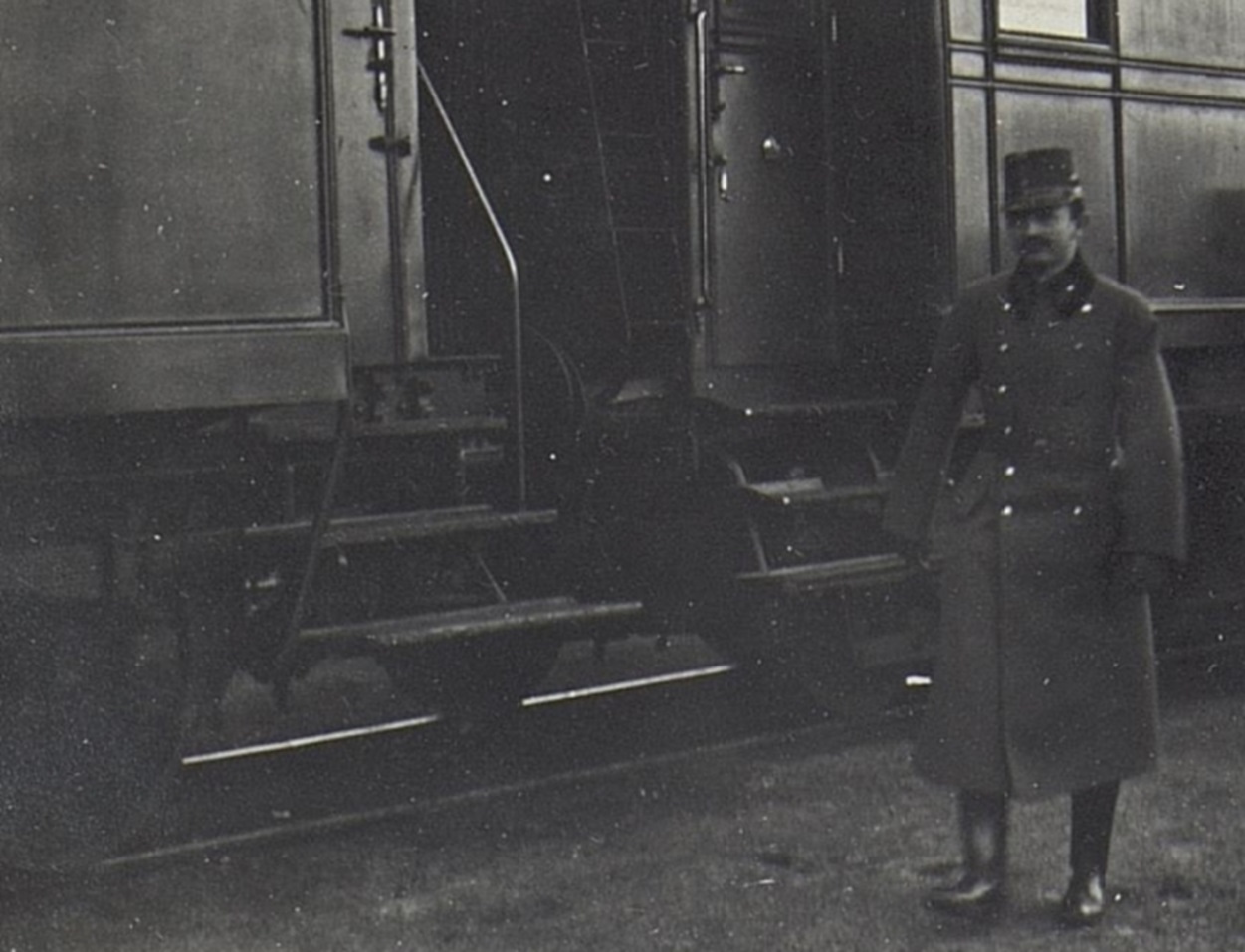 K.u.k. Kriegspressequartier, Lichtbildstelle - Wien, Wikimedia Commons
K.u.k. Kriegspressequartier, Lichtbildstelle - Wien, Wikimedia Commons
32. They Made A New Law
This new move by Charles really made the new parliament of Germany-Austria angry. They were so mad that they issued something called the Habsburg Law. Not only did it remove any sovereign rights for Charles and his family, it also made it impossible for Charles to ever visit Austria again.
But this wasn’t the end, the Austrians had more to dish out to their ex-emperor.
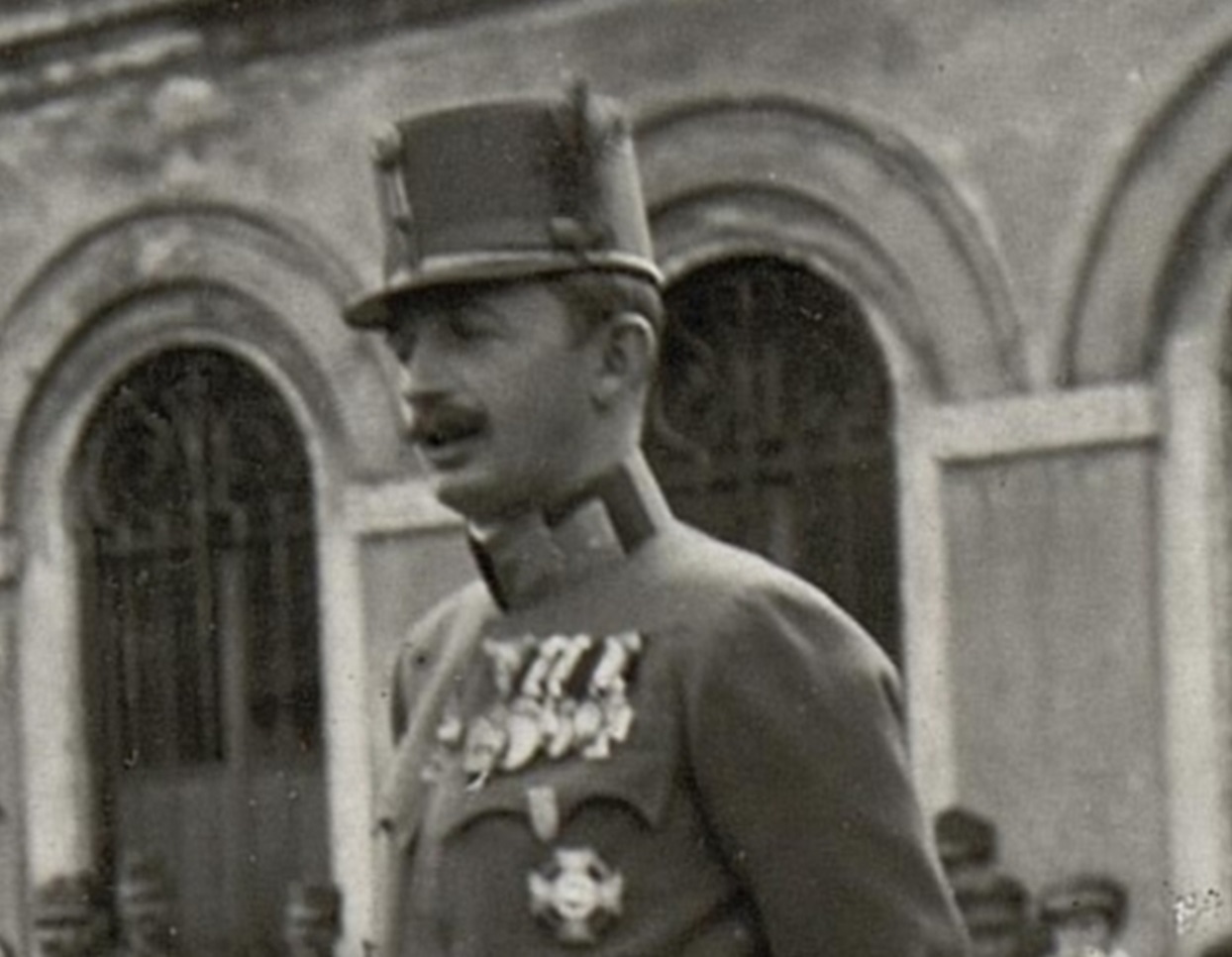 K.u.k. Kriegspressequartier, Lichtbildstelle - Wien, Wikimedia Commons
K.u.k. Kriegspressequartier, Lichtbildstelle - Wien, Wikimedia Commons
33. He Had No Second Chance
On April 3, 1919, the German-Austrian government created the Abolition of Nobility, which completely abolished nobility from the country. If Charles thought he still had a chance to return as emperor, this must have been the final nail in the coffin.
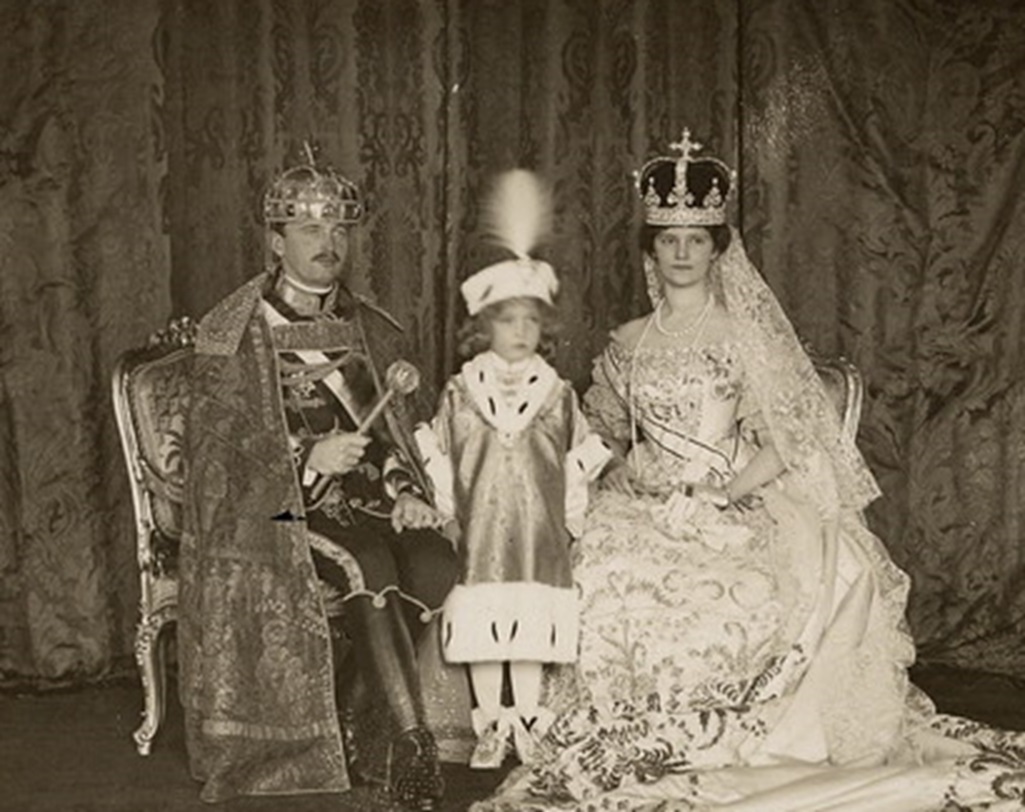 Heinrich Schuhmann II. Wikimedia Commons
Heinrich Schuhmann II. Wikimedia Commons
34. They Were In Danger
At this time, Charles and his family were living close to the Swiss/Austrian border and some Swiss authorities thought this was too close for comfort. After all, they didn't need angry Austrians invading their border. To stay safe, Charles moved his family to a town near Lake Geneva, which finally gave him some time to think.
It was time for another one of Charles’ last ditch efforts to get his family back in power.
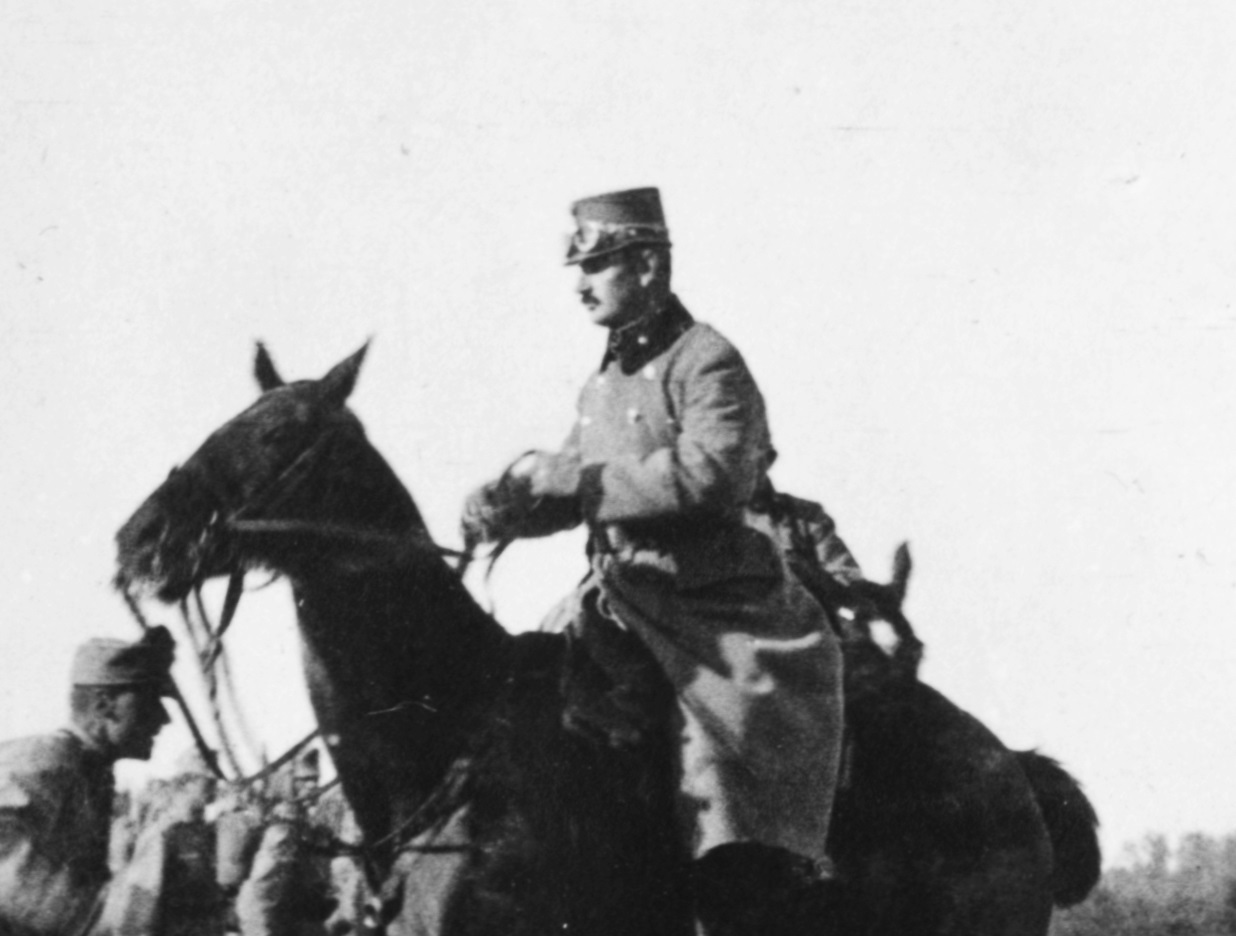 FORTEPAN / Babarczy Eszter, CC BY-SA 3.0, Wikimedia Commons
FORTEPAN / Babarczy Eszter, CC BY-SA 3.0, Wikimedia Commons
35. He Wanted To Be King
Sure Charles had no hope of returning as Emperor of Austria, but there was always Hungary, right! There's always Hungary!
There were, in fact, Hungarians who still supported having a royal family, so Charles figured this was a good place to start. There was just one obstacle: A man named Admiral Miklos Horthy, who was not at all in favor of having Charles back as king. To be fair, he had a very good reason for not wanting Charles back.
36. He Was Not Popular
Some countries bordering Hungary went as far as to say that if Charles returned as king, they would invade. Horthy, who the people had elected as a regent in Charles's stead, told the ex-emperor in no uncertain terms that it would not be safe for him to return to Hungary. He must not have realized who he was talking to.
Charles didn’t take Horthy’s warning seriously. He was returning to Hungary no matter what.
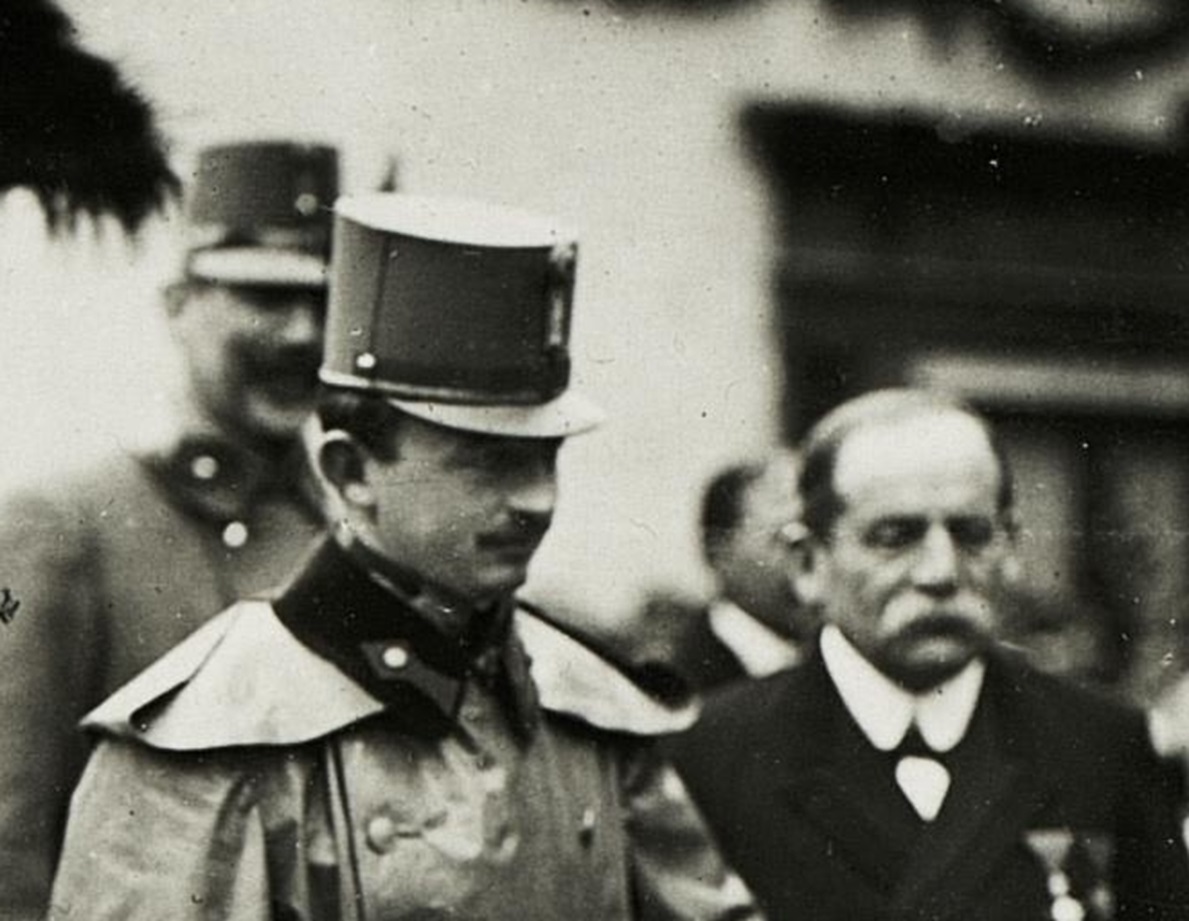 K.u.k. Kriegspressequartier, Lichtbildstelle, Wikimedia Commons
K.u.k. Kriegspressequartier, Lichtbildstelle, Wikimedia Commons
37. He Wouldn’t Give Up
Getting back into Hungary was becoming an obsession, so Charles once again turned to Colonel Strutt. This was the man who got him and his family safely out of Austria, and now Charles was asking him to put him back in danger. Against his better judgment, Strutt did as he was asked.
Before making the dangerous trip into Hungary, Charles turned to an ally who he thought would make his return to Hungary safe. He didn’t get exactly what he wanted.
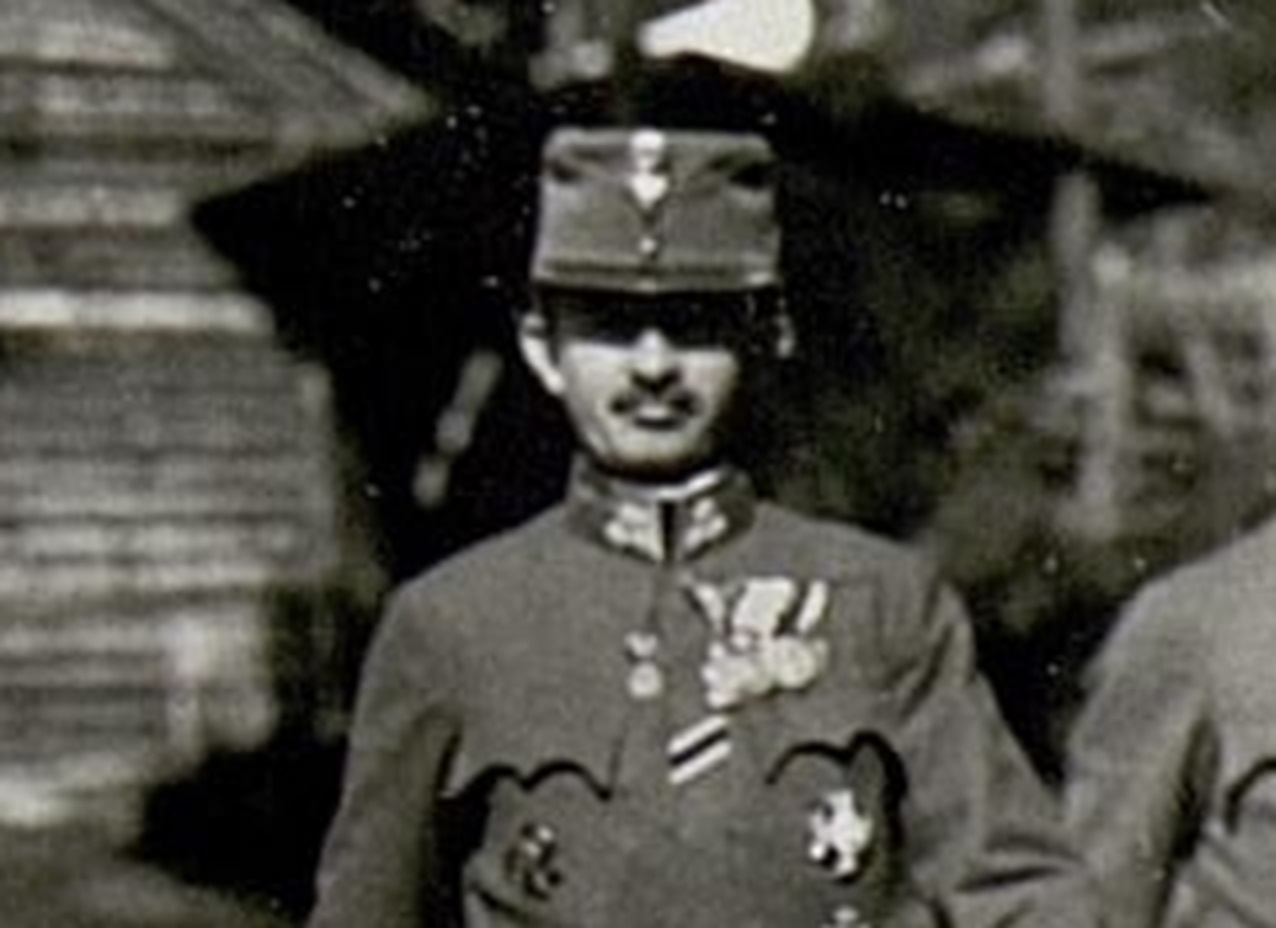 K.u.k. Kriegspressequartier, Lichtbildstelle - Wien, Wikimedia Commons
K.u.k. Kriegspressequartier, Lichtbildstelle - Wien, Wikimedia Commons
38. He Had An Ally
Charles knew he had one ally in Europe, and that was France. To try and pave his return to Hungary, Charles made an informal agreement with the French prime minister, Aristide Briand. This agreement stated that if Charles became King of Hungary, France would support him.
Charles must have thought this was a big win, and he needed a win. There's just one problem: He didn't get it in writing. Oh Charles, Charles, Charles...
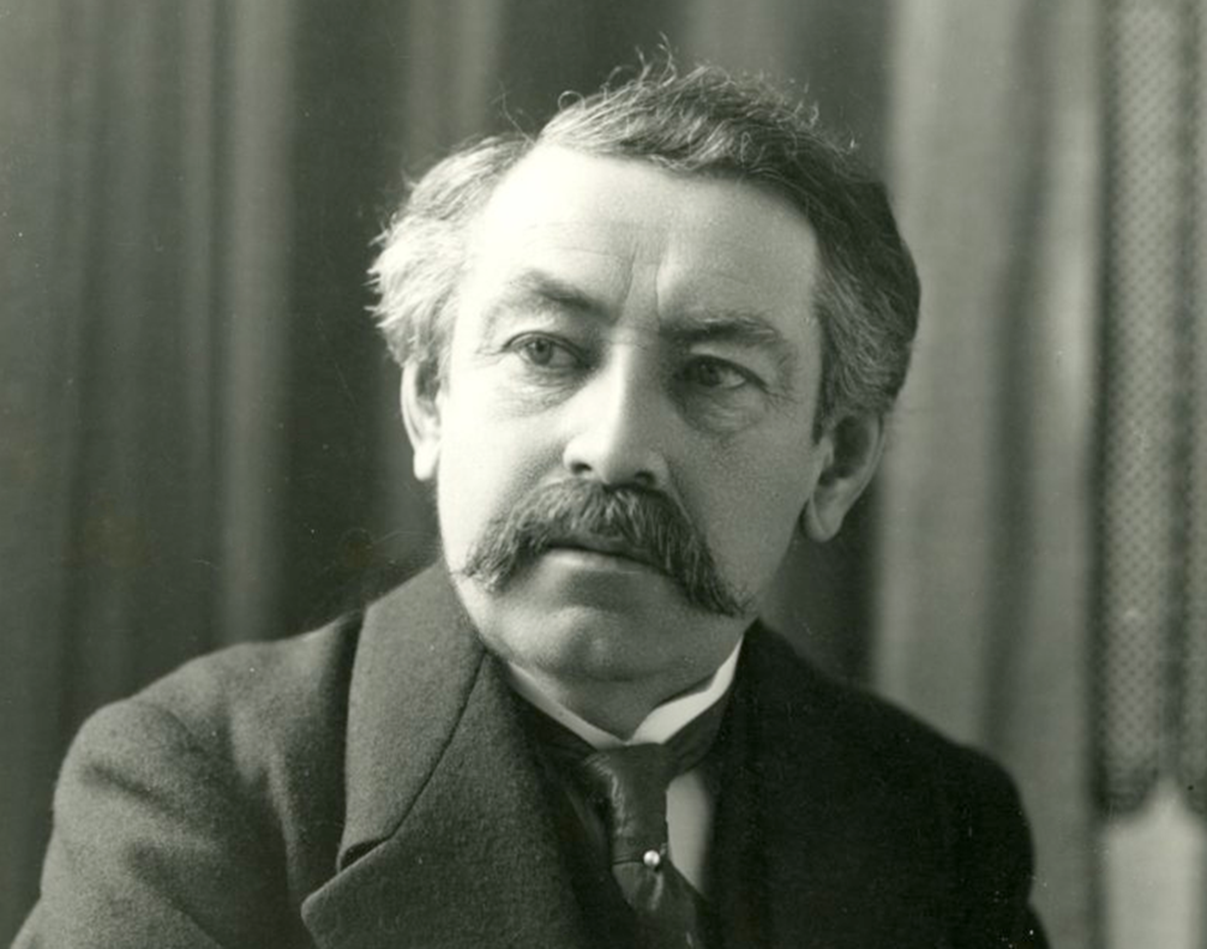 Unknown Author, Wikimedia Commons
Unknown Author, Wikimedia Commons
39. He Tried Twice
Charles, with the help of Colonel Strutt and the verbal promise from France, tried to regain his position as King of Hungary. When his attempts—there were two of them—failed, Briand categorically denied that the agreement existed.
Then Hungary turned around and created something called the Pragmatic Sanction, which forbade Charles, or any Habsburg, from ever ruling in Hungary. It was another slap in the face for Charles—but Hungary was just getting started.
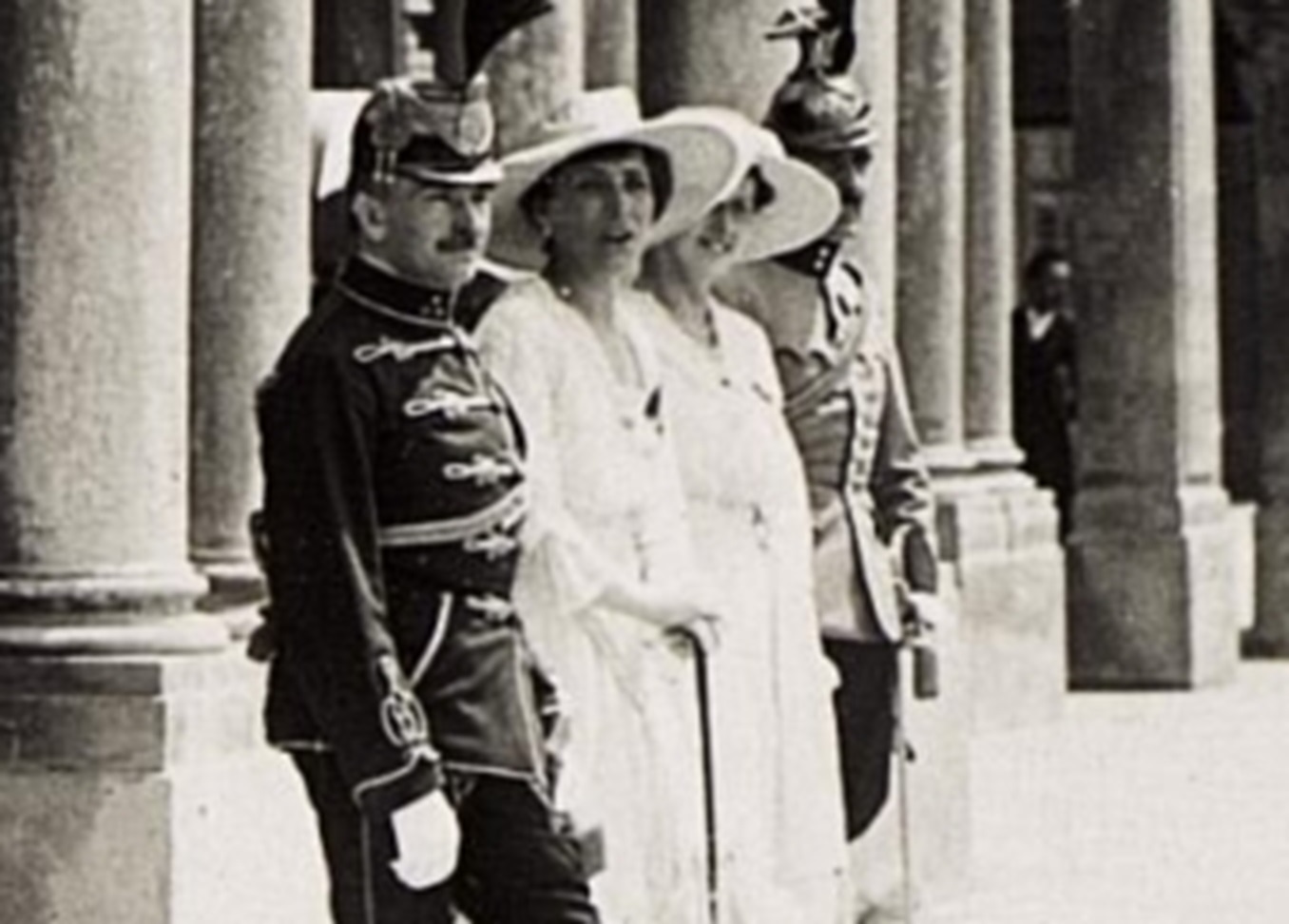 K.u.k. Kriegspressequartier, Lichtbildstelle - Wien, Wikimedia Commons
K.u.k. Kriegspressequartier, Lichtbildstelle - Wien, Wikimedia Commons
40. He Got Locked Up
The Hungarians were okay with Charles trying to return as king once. But twice? That was the last straw. They forcefully took him and his wife—who was pregnant at the time—and threw them in Tihany Abbey, a monastery that served as their prison. But the Abbey wasn’t their final destination.
The powers in the West all agreed that they couldn’t trust Charles. They wanted him somewhere where they could keep an eye on him.
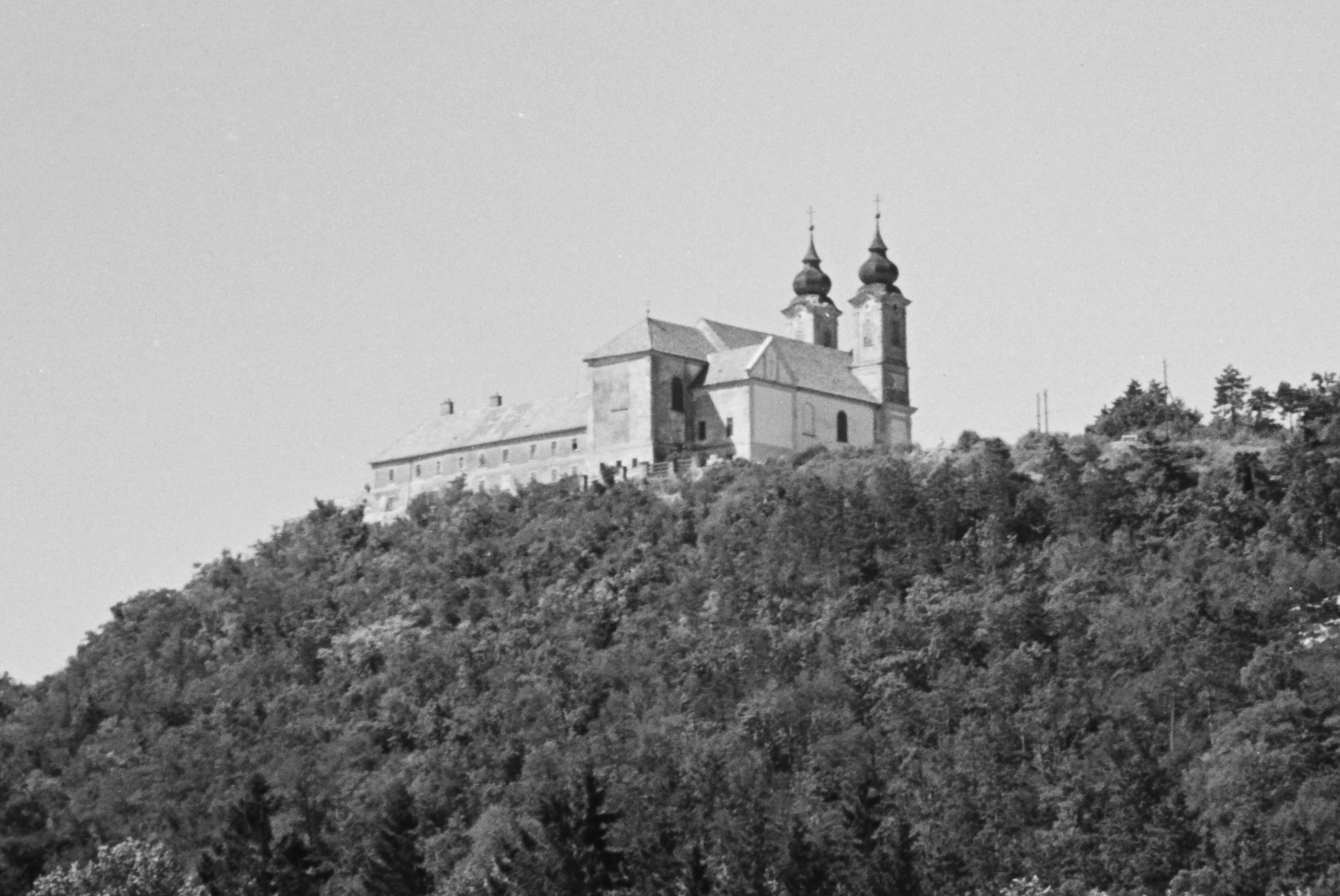 FORTEPAN / Konok Tamás, CC BY-SA 3.0, Wikimedia Commons
FORTEPAN / Konok Tamás, CC BY-SA 3.0, Wikimedia Commons
41. They Didn’t Know Where To Put Them
Finding a suitable location to exile Charles and his family was a real problem. They talked about Malta, but there was some objection. Then someone mentioned that none of the French territories would work because Zita’s brothers may get up to something illicit to help Charles.
The people deciding Charles’ fate finally came up with a solution—and it was not going to please Charles one bit.
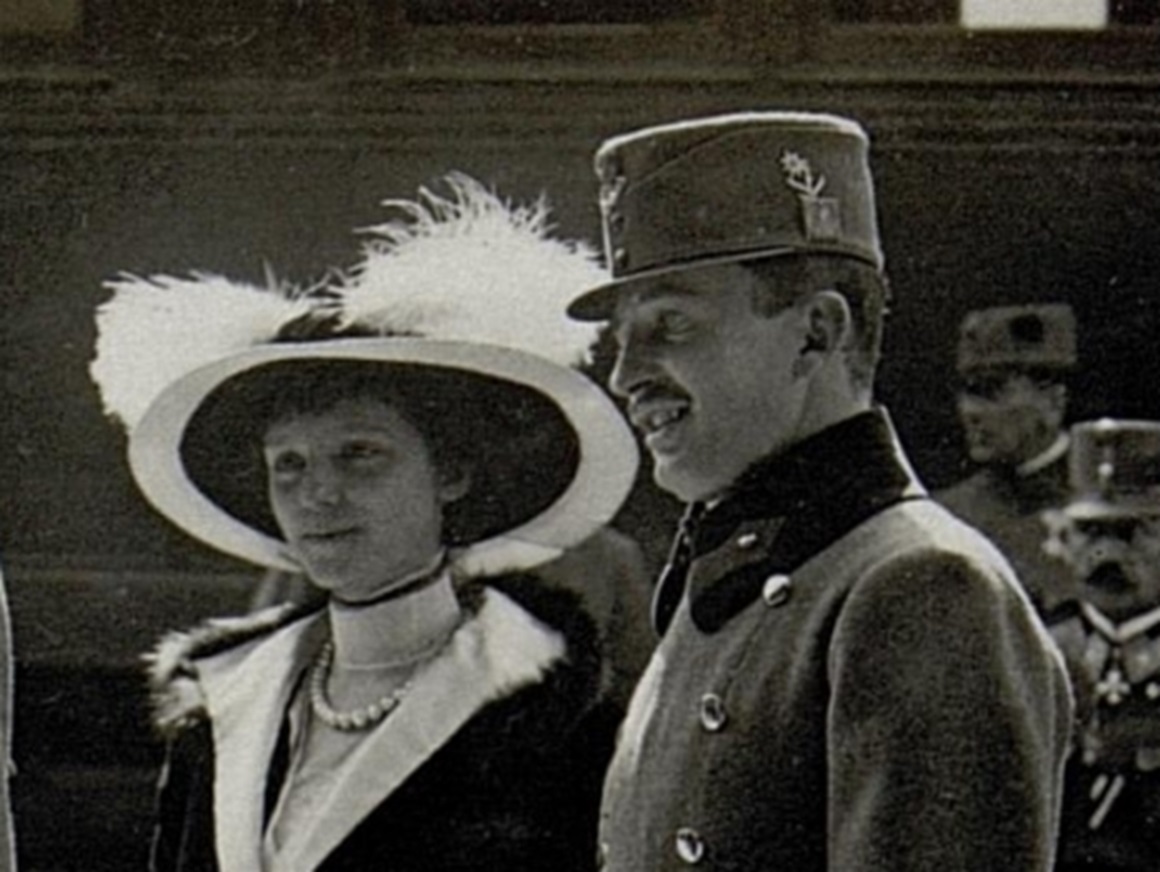 K.u.k. Kriegspressequartier, Lichtbildstelle - Wien, Wikimedia Commons
K.u.k. Kriegspressequartier, Lichtbildstelle - Wien, Wikimedia Commons
42. He Took A Trip
It was a cool day in November 1921 when Charles and Zita boarded the HMS Glowworm. While the name may conjure images of a cute little boat, it was actually a warship which took them down the Danube. Next, they got on the HMS Cardiff, which took them across the Black Sea. It was a long and arduous journey. Were they headed to a horrible prison in a desolate environment?
Well…not exactly.
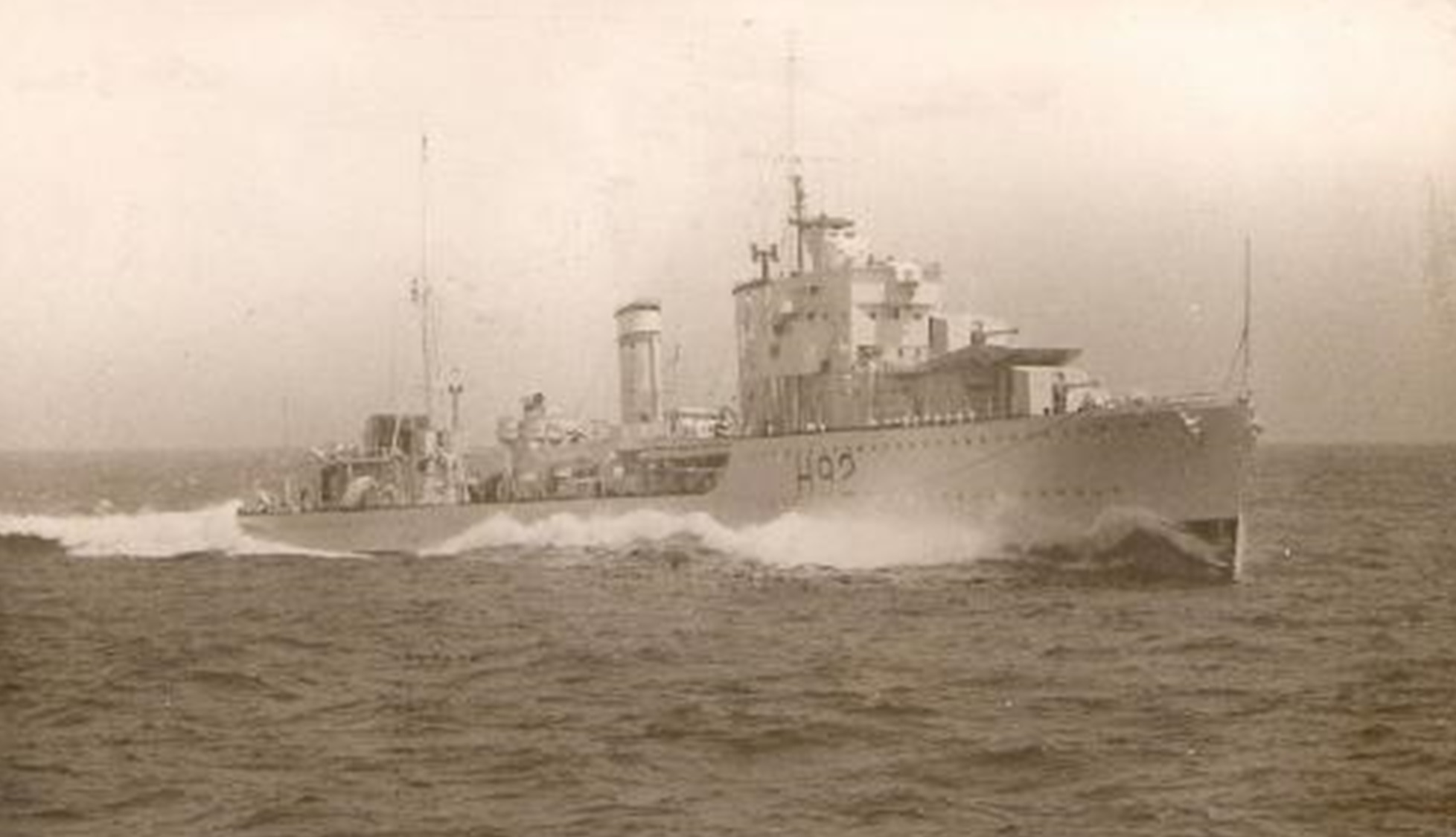 Unknown Author, Wikimedia Commons
Unknown Author, Wikimedia Commons
43. He Lived In Exile
Where Charles and his family were going was the sunny isle of Madeira. While this may sound like a lovely holiday, at the time, Madeira was still very isolated and undeveloped at the time. Charles and Zita now had to prepare themselves for a hard life away from the glamor of royal life.
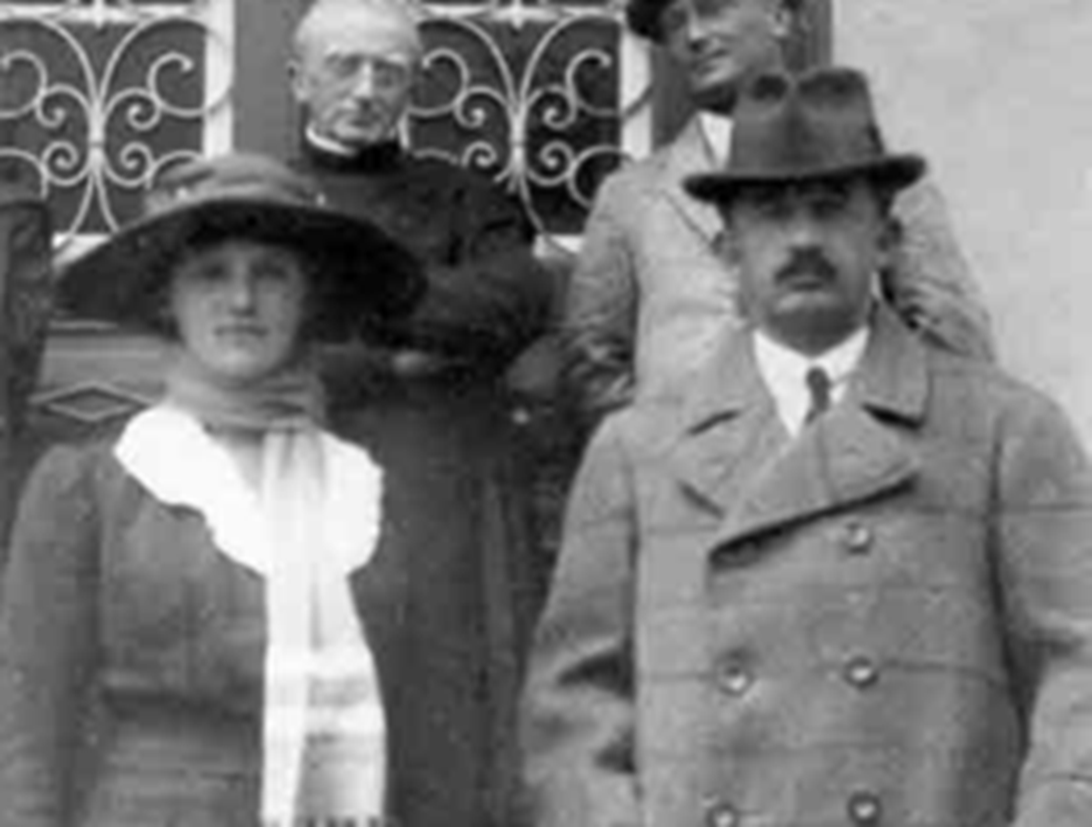 Adrian Michael, Wikimedia Commons
Adrian Michael, Wikimedia Commons
44. He Lived Simply
Charles and Zita’s kids soon joined them on Madeira, and the family spent their first years in Funchal, the capital. They then moved to a very modest home outside the city. Charles had gone from an emperor and king, to living a simple life. On the bright side, he still had his family. This could have been Charles’ happy ever after, even if he didn't really deserve.
But didn’t have much of a life left to live.
45. They Used Bizarre Remedies
While living in exile, Charles caught a cold like his predecessor before him. And, just like Emperor Franz Joseph, Charles soon had both bronchitis and severe pneumonia. The doctors who treated him used bizarre treatments like caffeine injections, turpentine, and cupping therapy.
Believe it or not, those treatments weren't working. Then doctors finally realized what was wrong—and that there was nothing they could do.
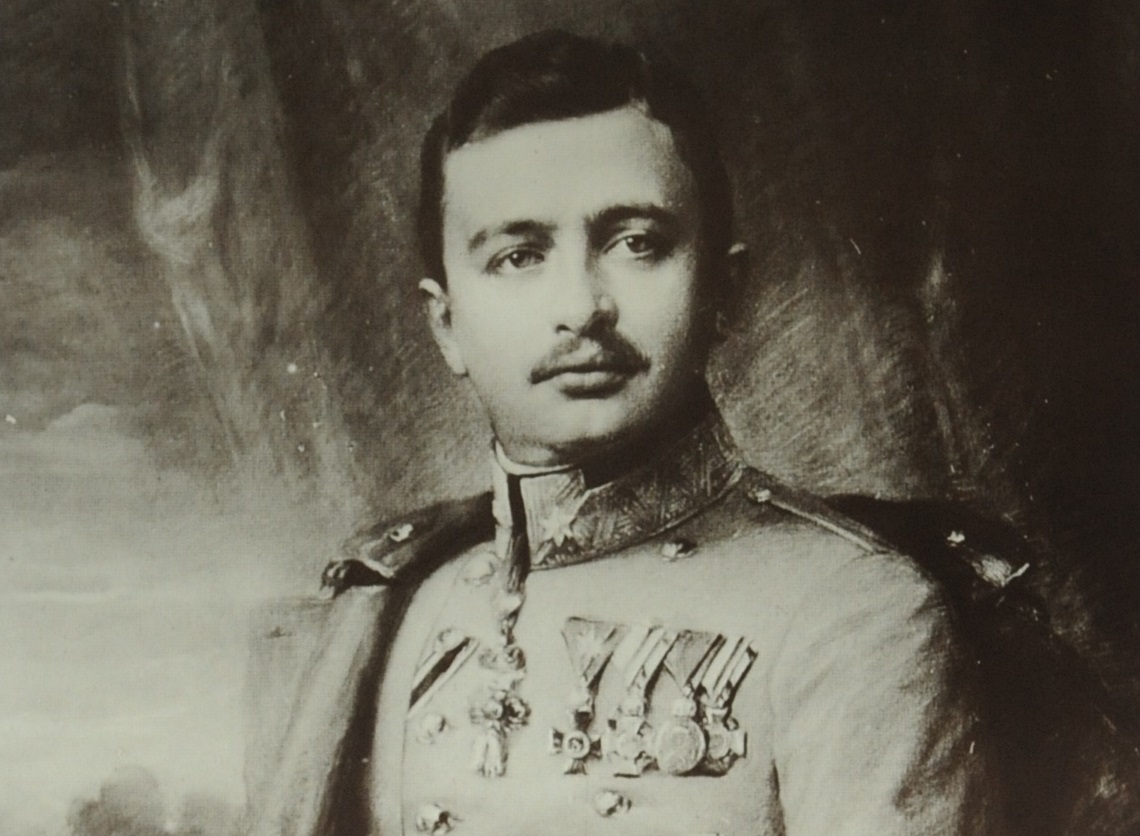 Sammlung Viktor Kabelka, CC BY-SA 4.0, Wikimedia Commons
Sammlung Viktor Kabelka, CC BY-SA 4.0, Wikimedia Commons
46. He Neared The End
As it turned out, Charles had the Spanish Flu, and the prognosis was not good. During his illness, Charles forgot about himself and lovingly worried more about his wife and children. His biggest concern was about passing the flu to Zita, who was pregnant with child number eight at the time.
Soon, Charles’ end was drawing near. What he said to his wife would make even the biggest cynic cry.
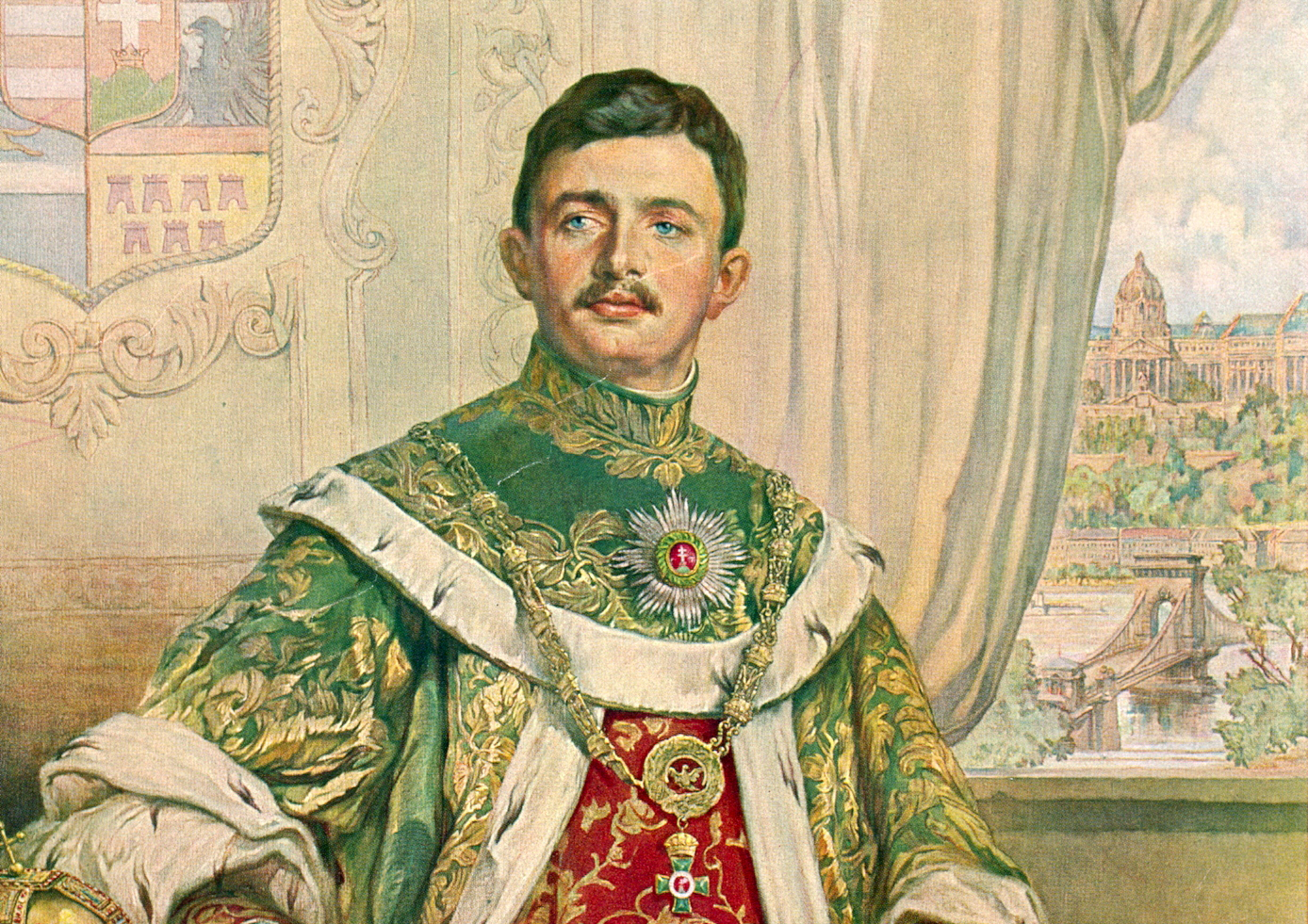 Árpád Basch, Wikimedia Commons
Árpád Basch, Wikimedia Commons
47. He Said Goodbye
Charles was fully conscious as he saw the end of his life before him. At the very end, he turned to his wife and said “I love you so much" with his last breath. He was only 34 years old. Young Prince Otto was there to witness his father’s passing and when it was over Zita said to him: "Your father is now sleeping the eternal sleep—you are now emperor and king".
The truth was, there was no kingdom left, and even Charles’ final resting place would bring further torment to the family.
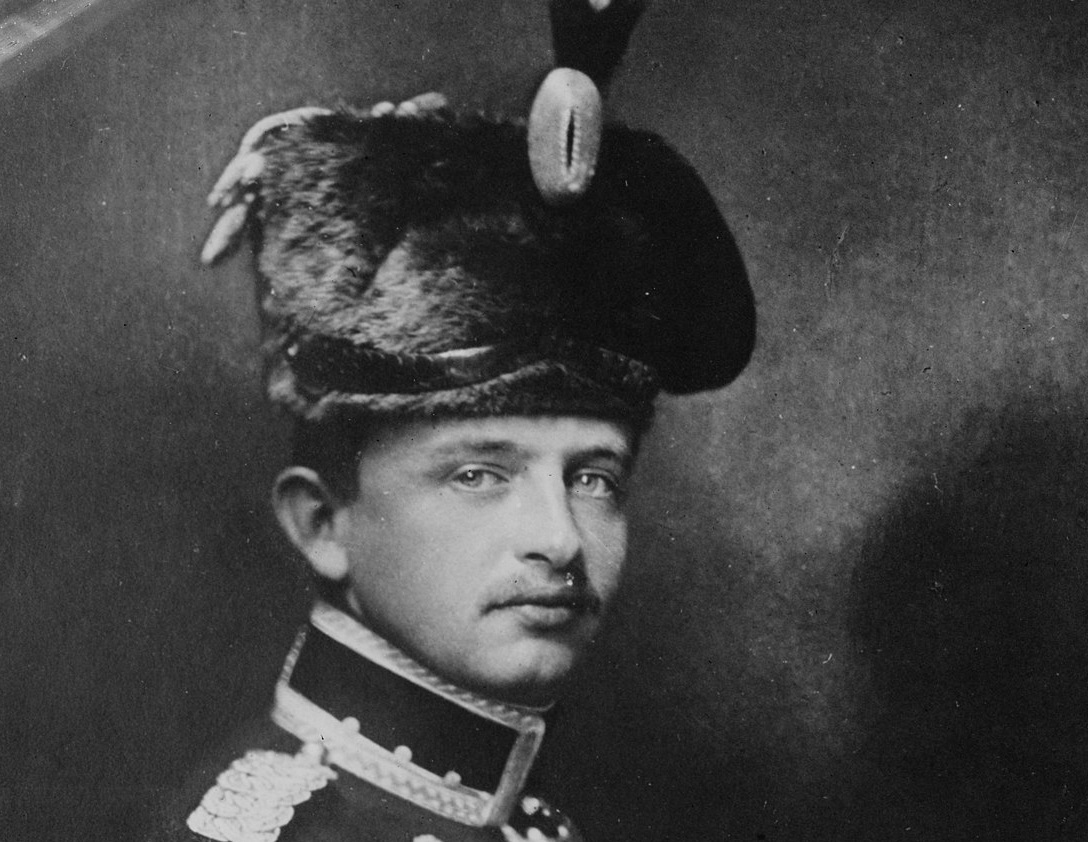 Bain News Service, Wikimedia Commons
Bain News Service, Wikimedia Commons
48. They Laid Him To Rest
Zita had Charles’ body put in a tomb on Madeira Island. Well, most of his body. His loved ones wanted at least some of him to return to his birthplace. For this reason they removed Charles’ heart, and the plan was to place it in the Habsburg tomb in Vienna. Sadly, Austrians were still not ready to accept Charles—even his heart—in Austria.
Now they had a heart, and no place to put it.
 Derschueler / CC-BY-SA-3.0, CC BY-SA 3.0, Wikimedia Commons
Derschueler / CC-BY-SA-3.0, CC BY-SA 3.0, Wikimedia Commons
49. They Came Together Again
The closest place to Austria they could take Charles’ heart was Switzerland, so they laid it to rest in Muri Abbey near Zurich. Zita lived a remarkably long life and passed in 1989 at the age of 96. Still grieving her husband, she had said in her will that she wanted her heart next to his. After 67 years apart, these two love birds finally reconnected in a tomb in Muri Abbey.
It seemed that Charles would go down in history as the last Emperor of Austria—but no, his story continued even beyond the grave.
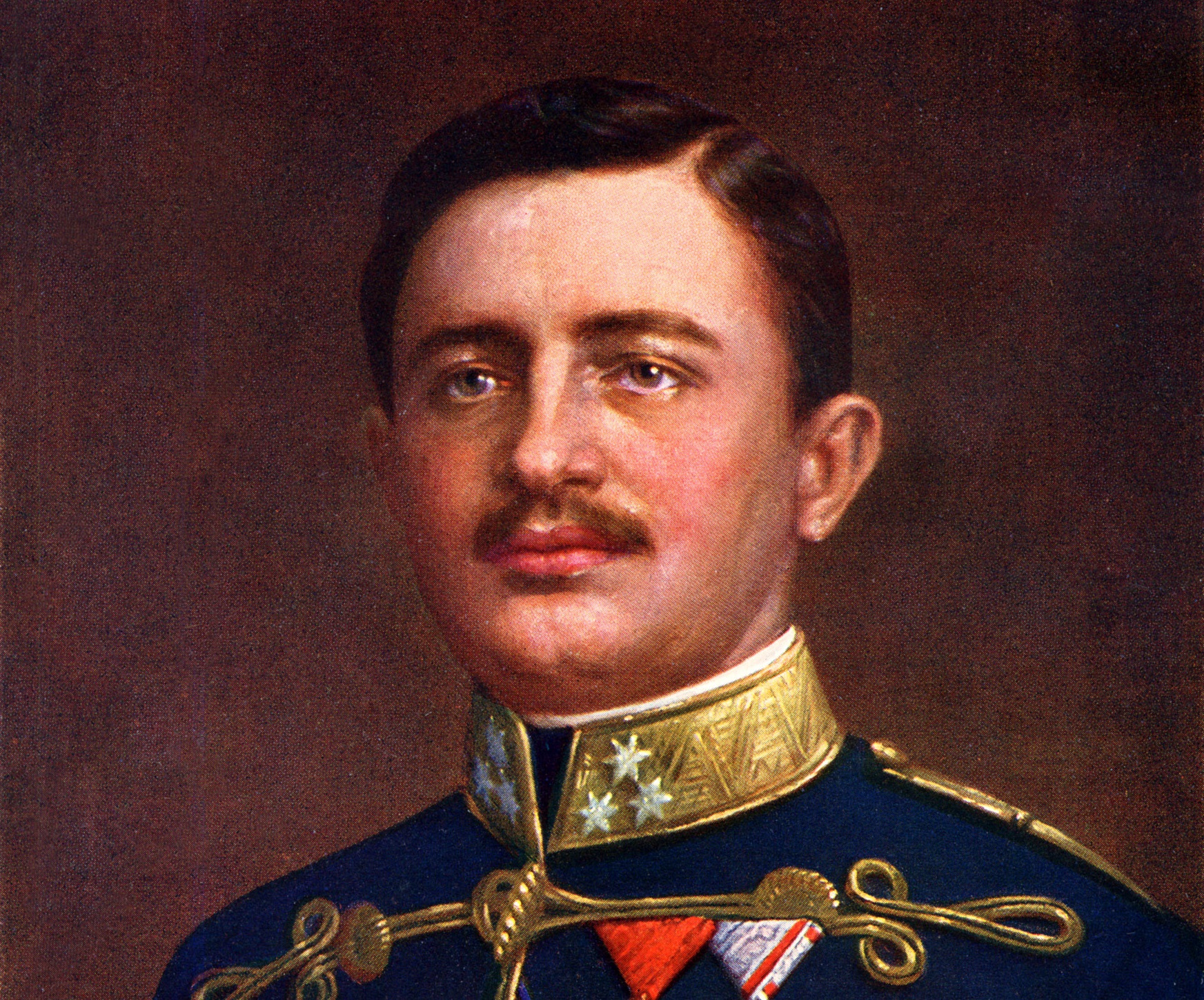 Unknown Author, Wikimedia Commons
Unknown Author, Wikimedia Commons
50. He Was A Saint
The Catholic Church began the long process to canonize Charles and in 1972, they had a chilling job to do. They had to look in his tomb. You see, Catholics believe that a truly holy person’s body will not decompose like other bodies. When they opened the tomb they saw that his body had not gone through decomposition. In 2004, Pope John Paul II finally “beatified” Charles.
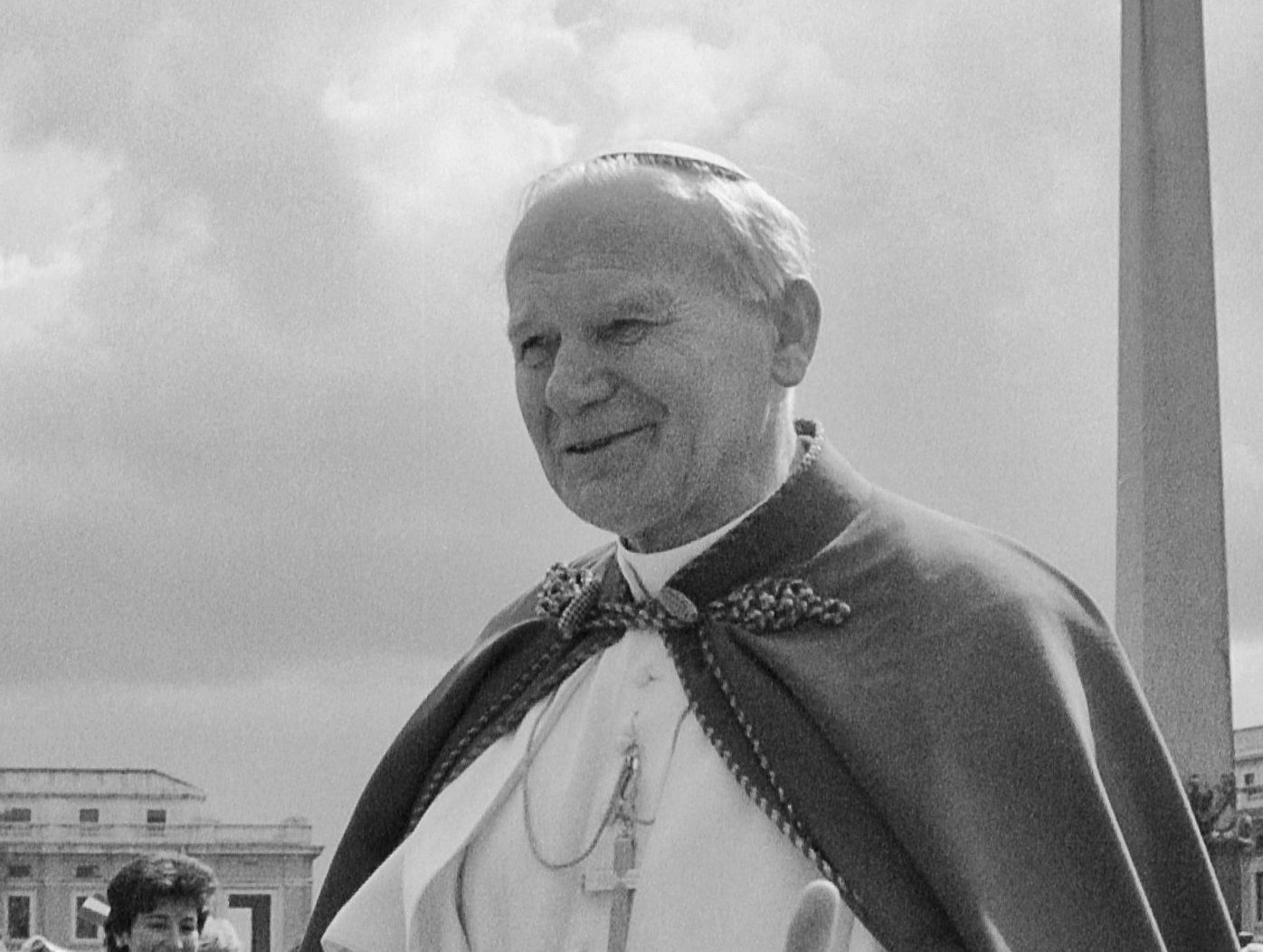 Rob Oo, CC BY 2.0, Wikimedia Commons
Rob Oo, CC BY 2.0, Wikimedia Commons

